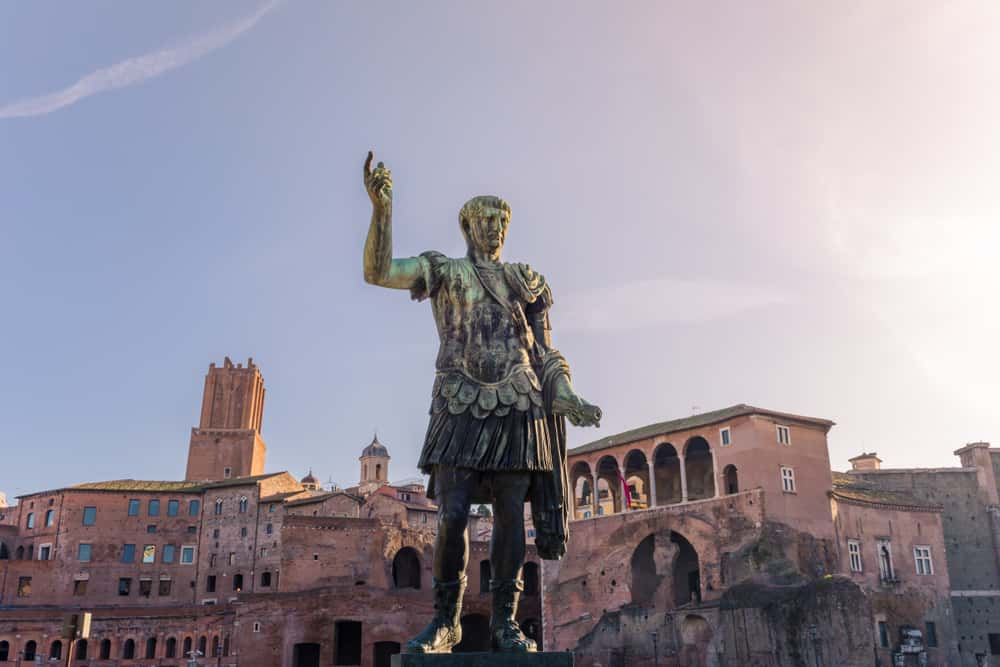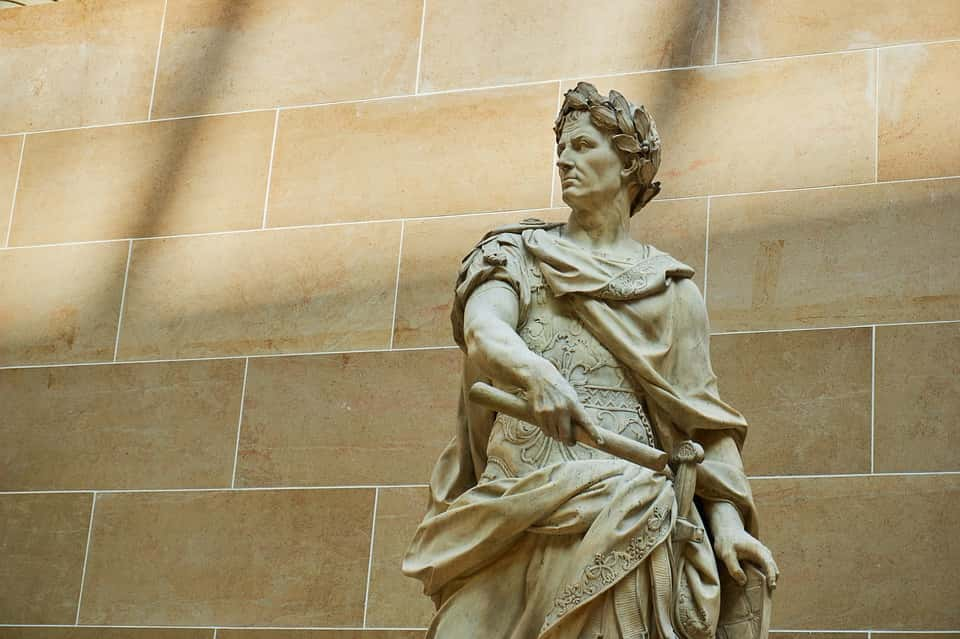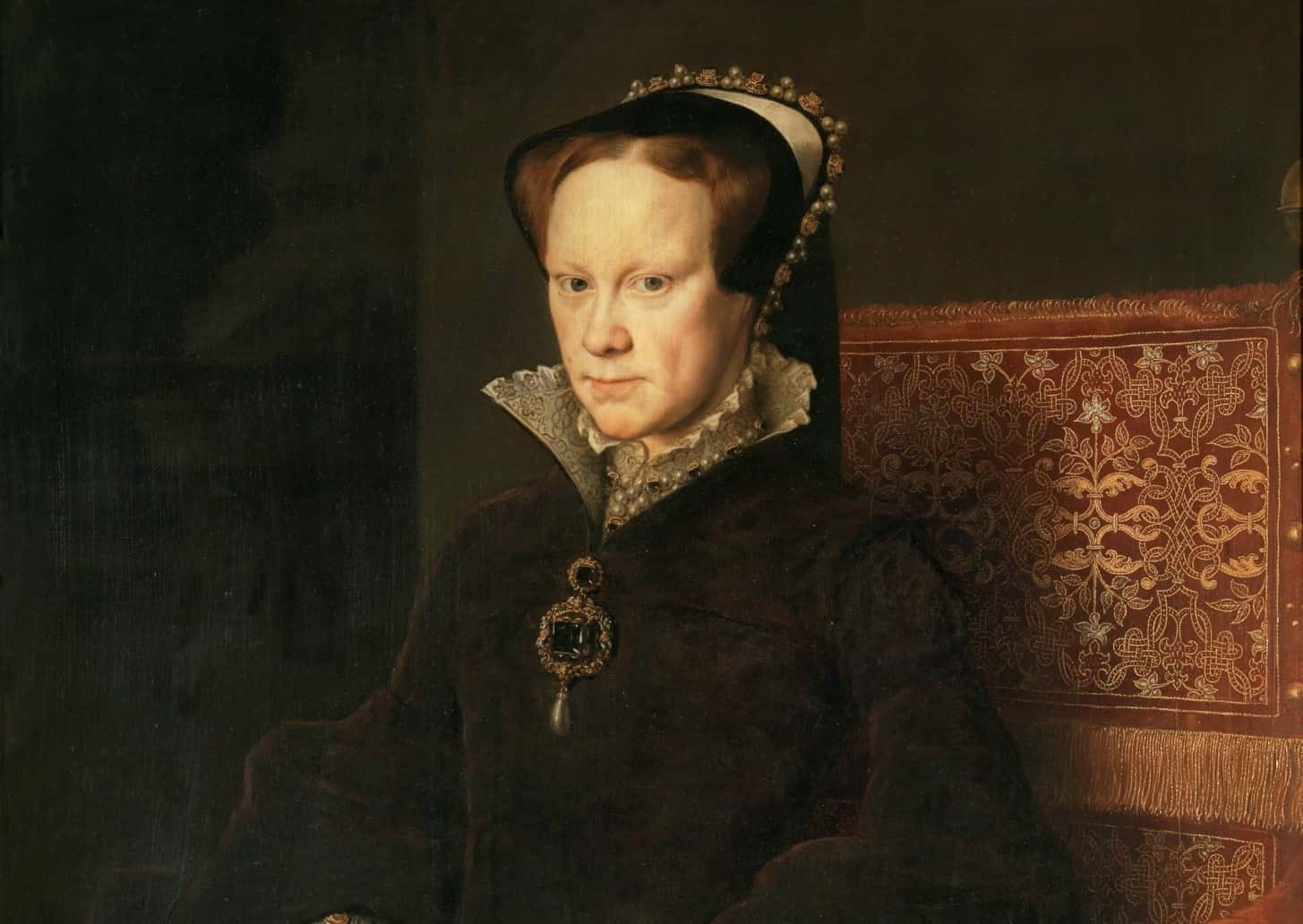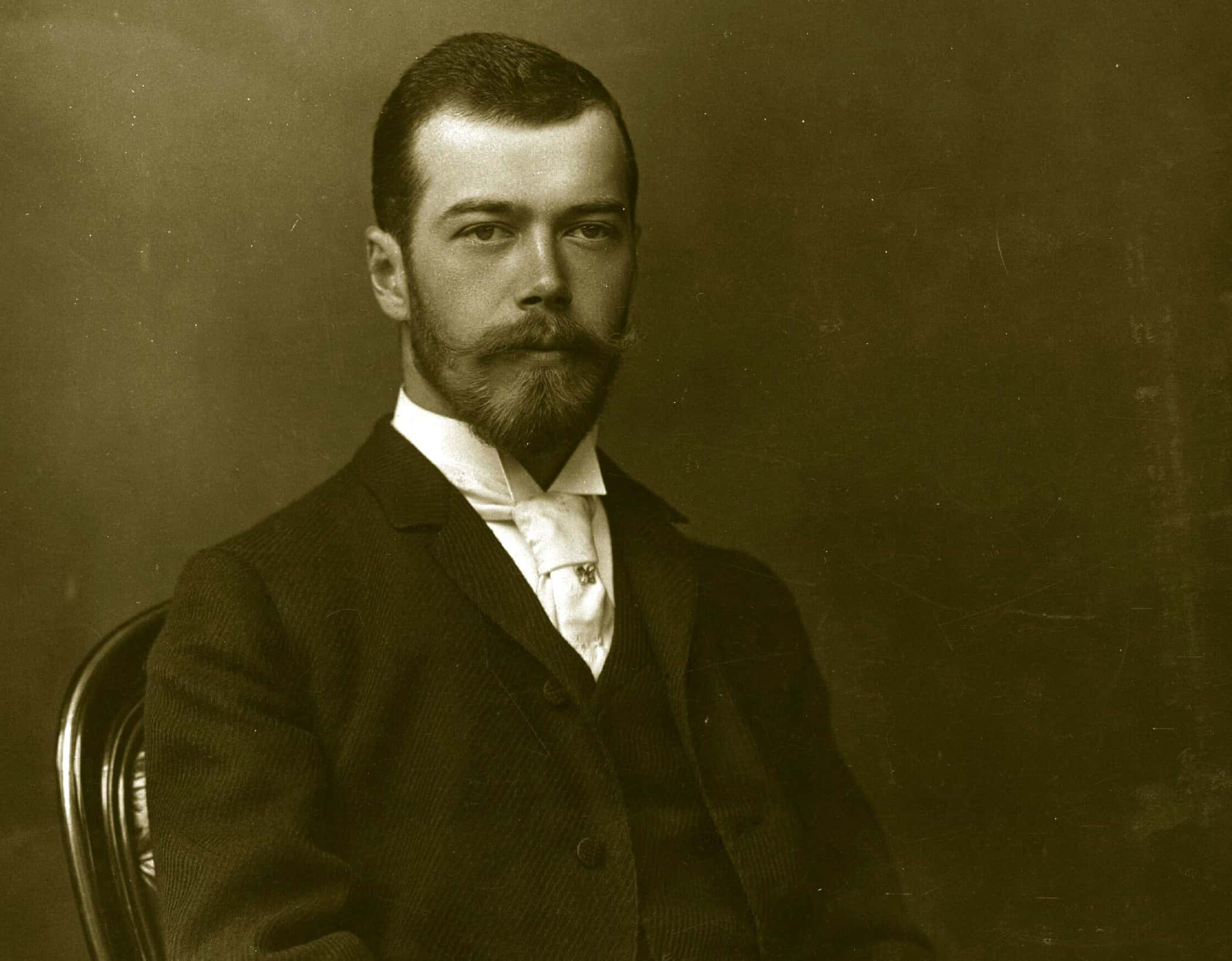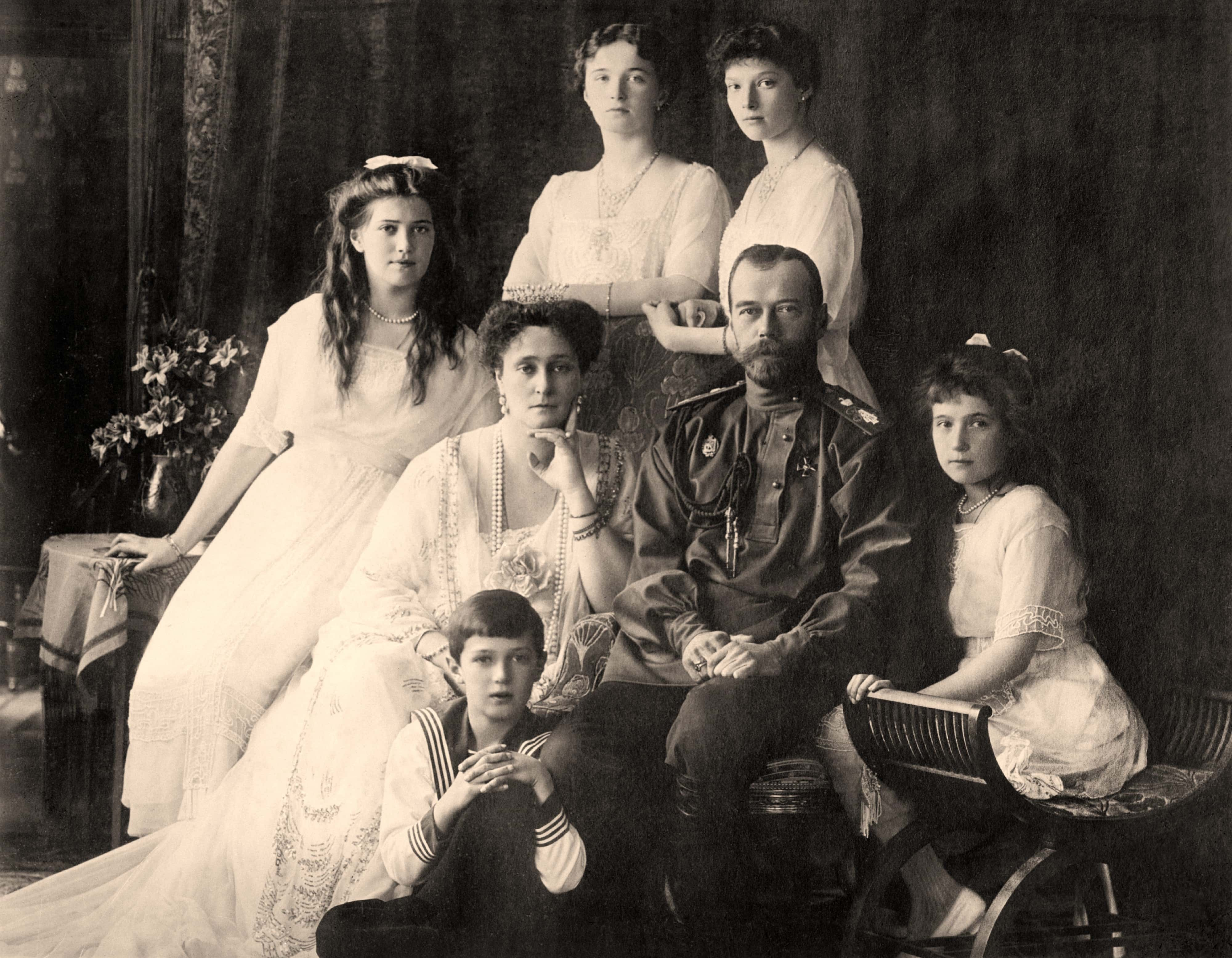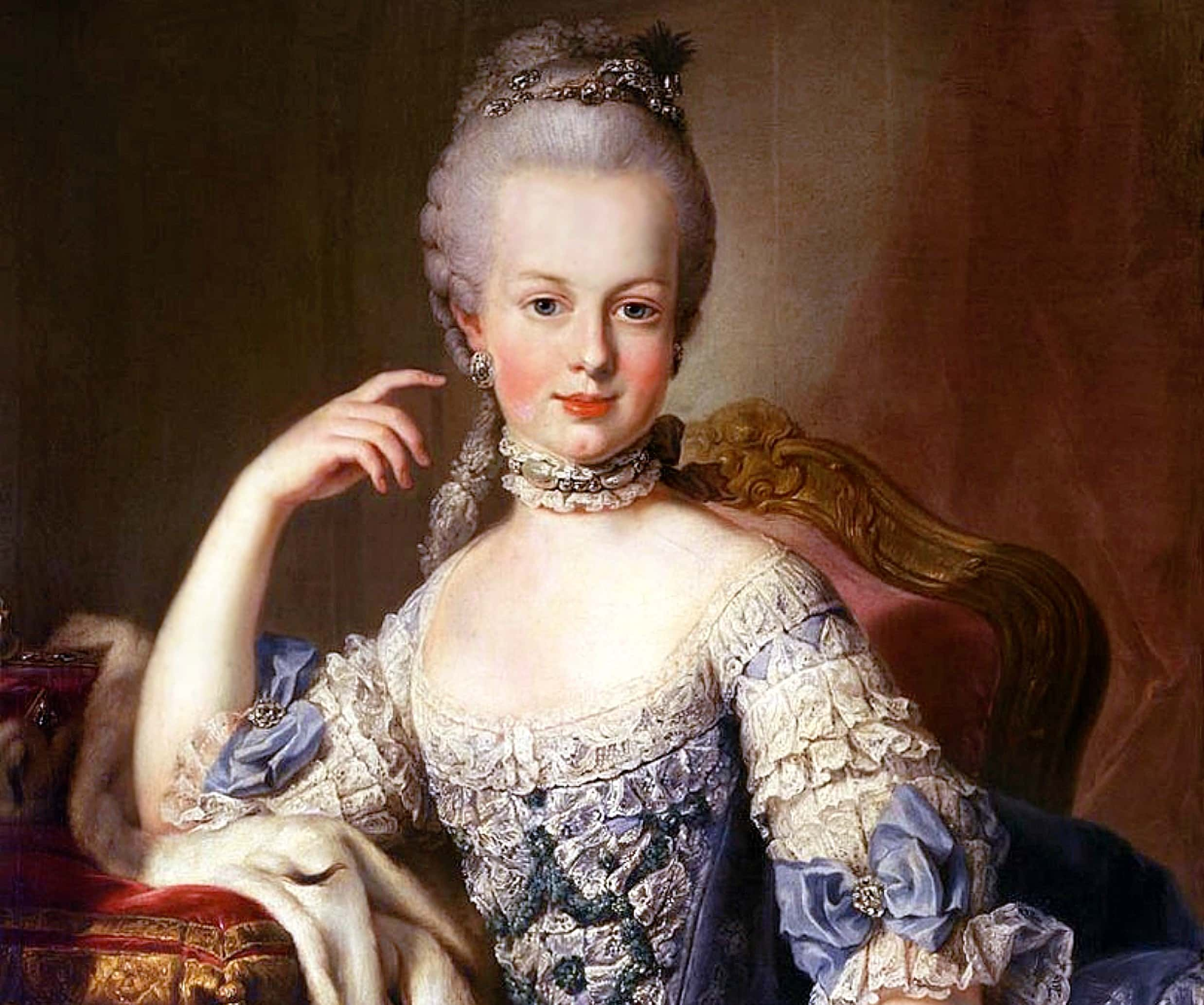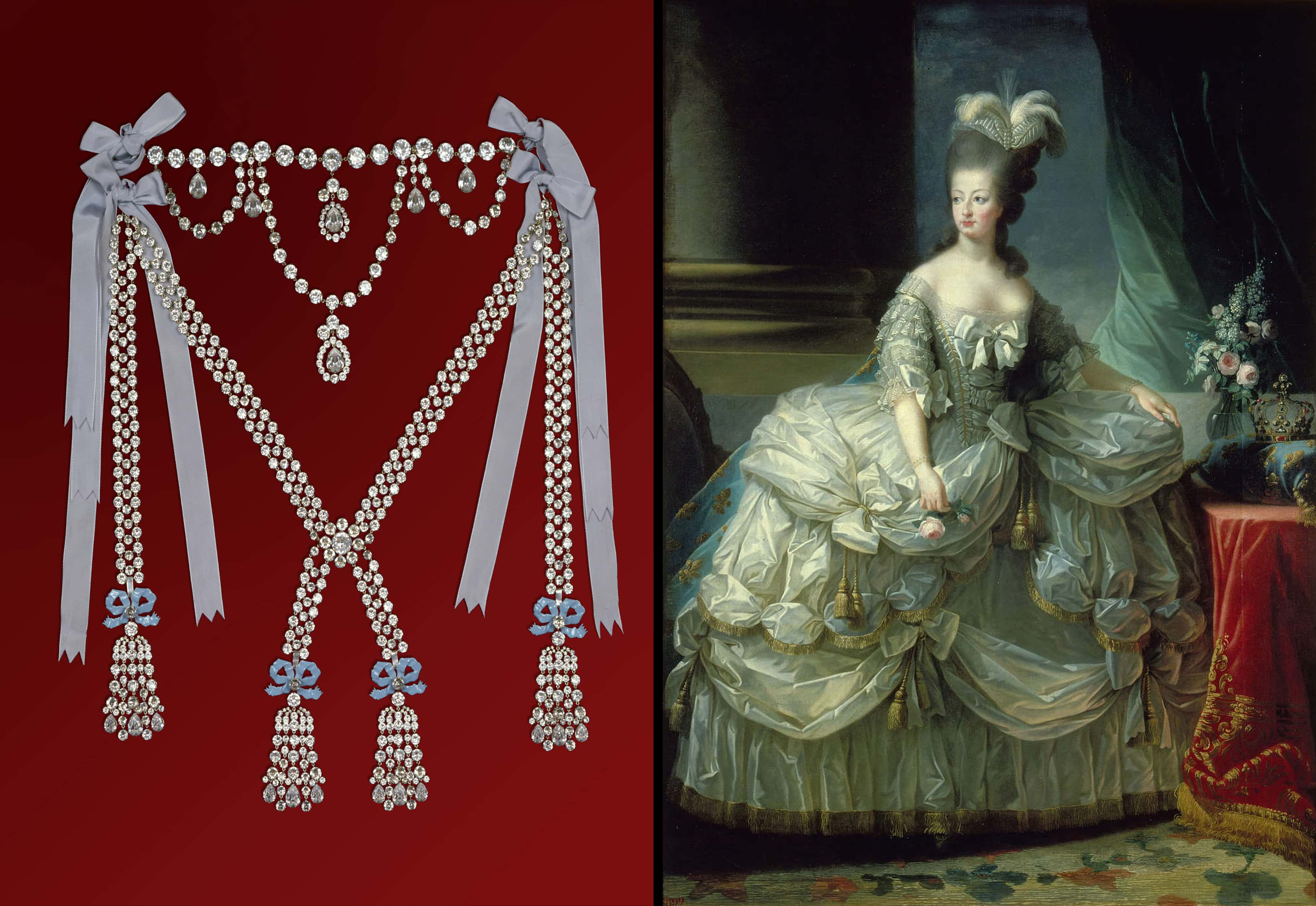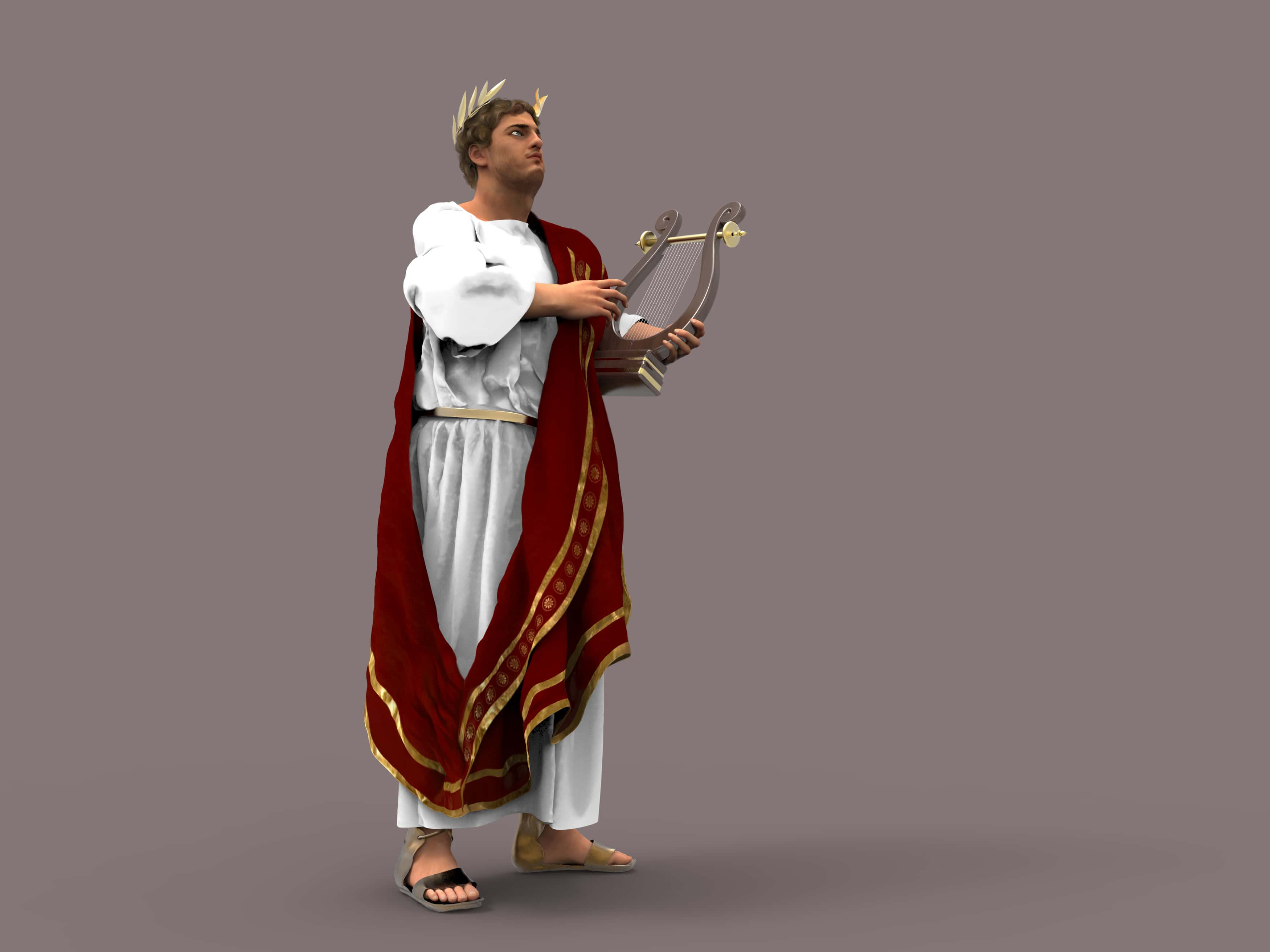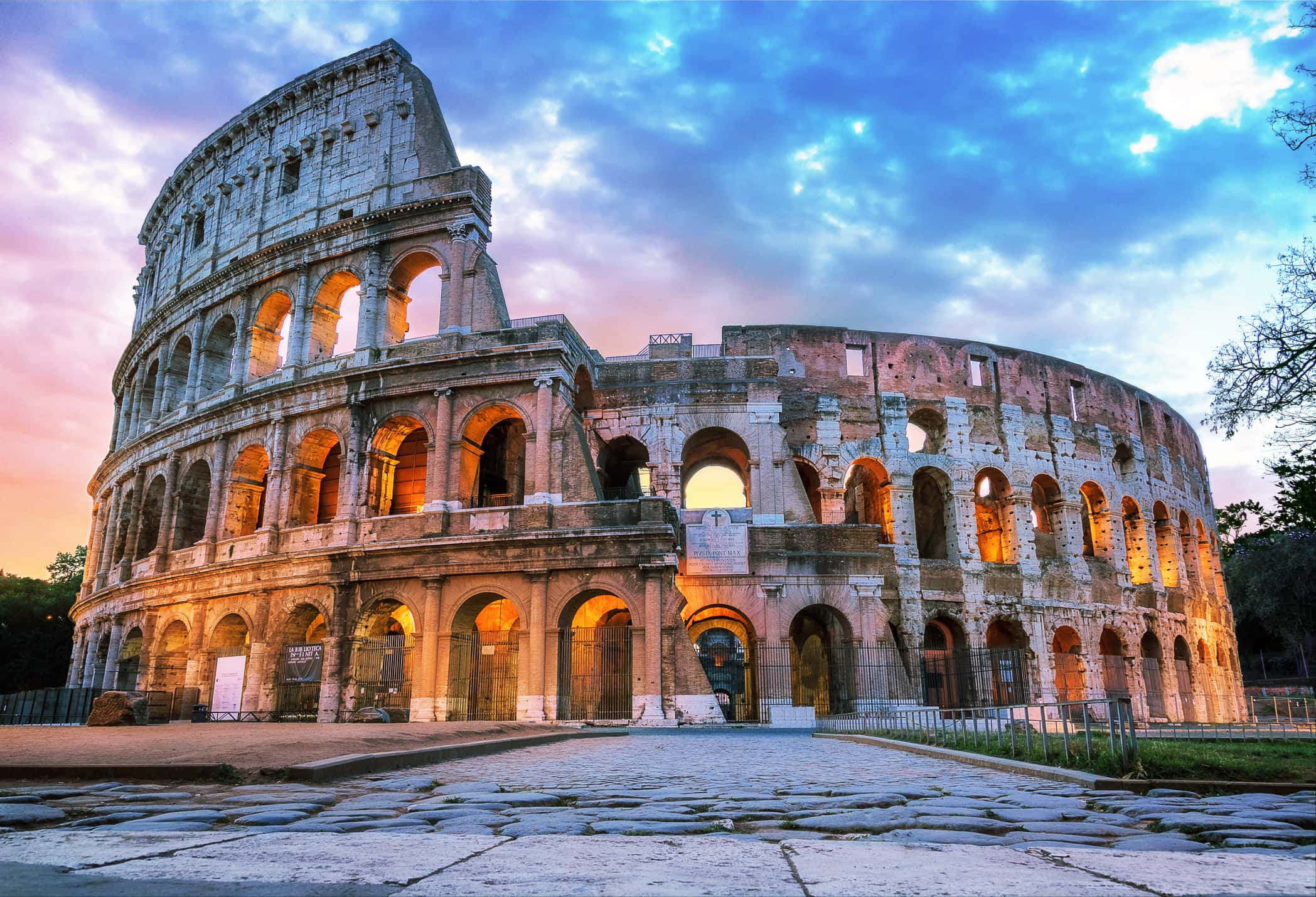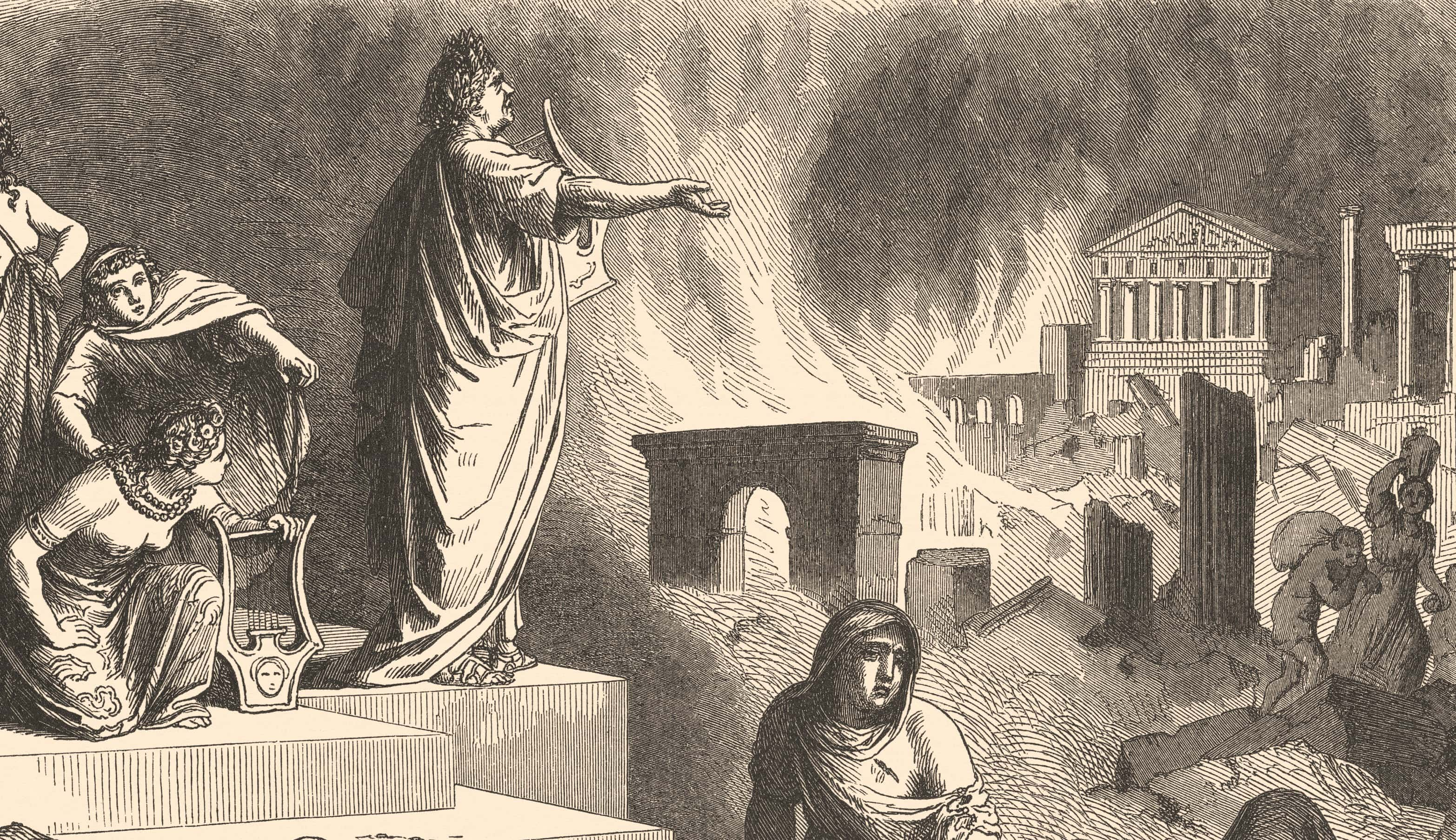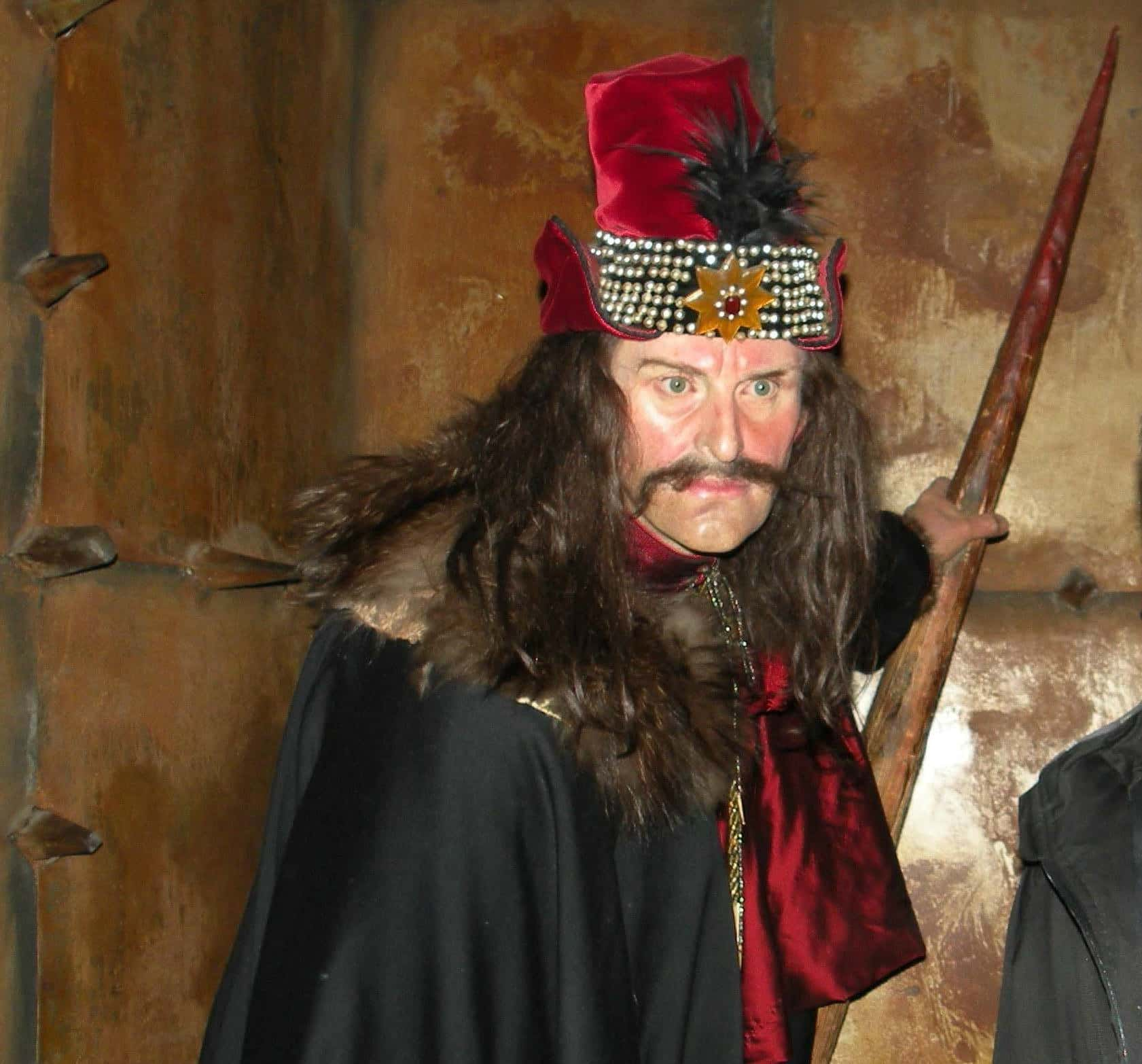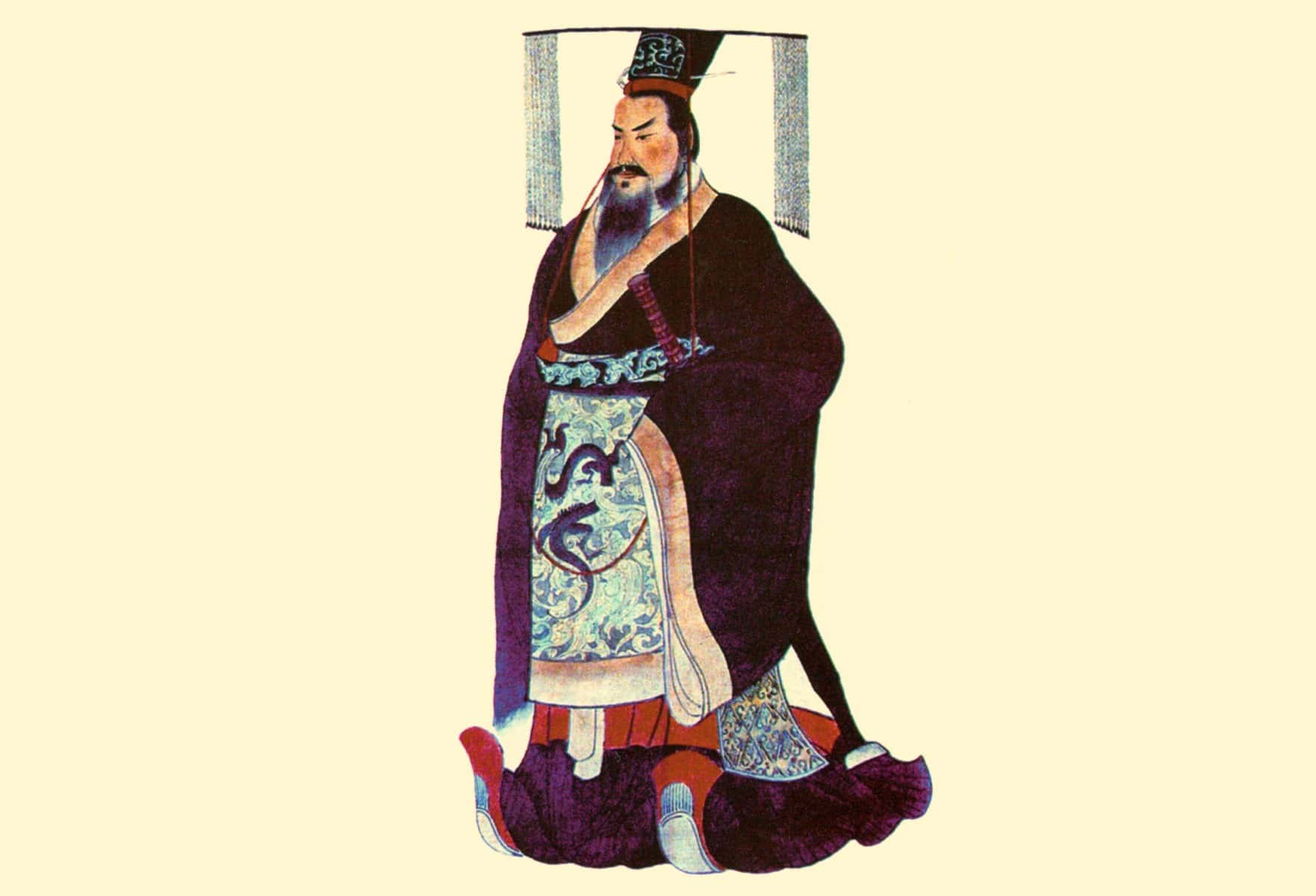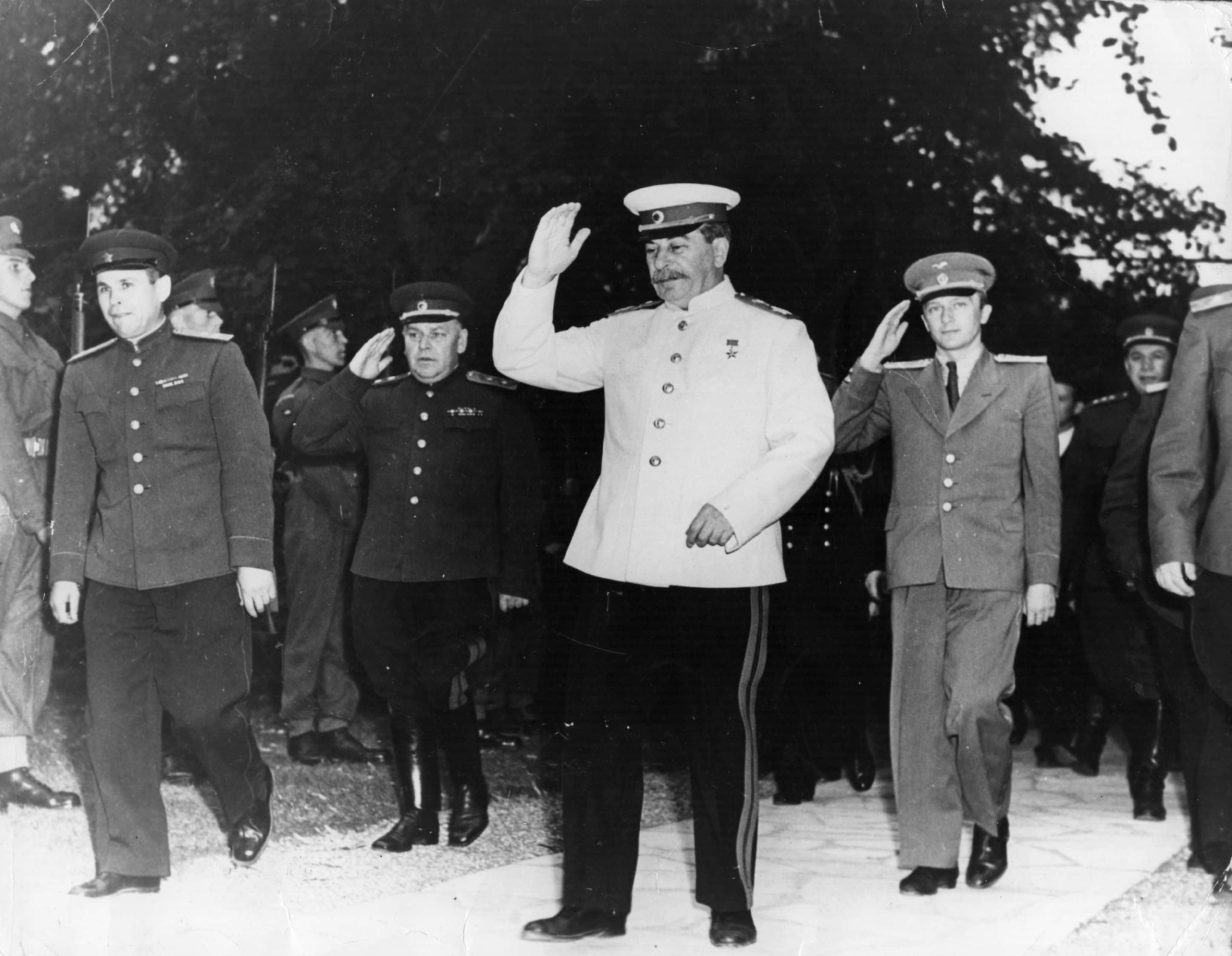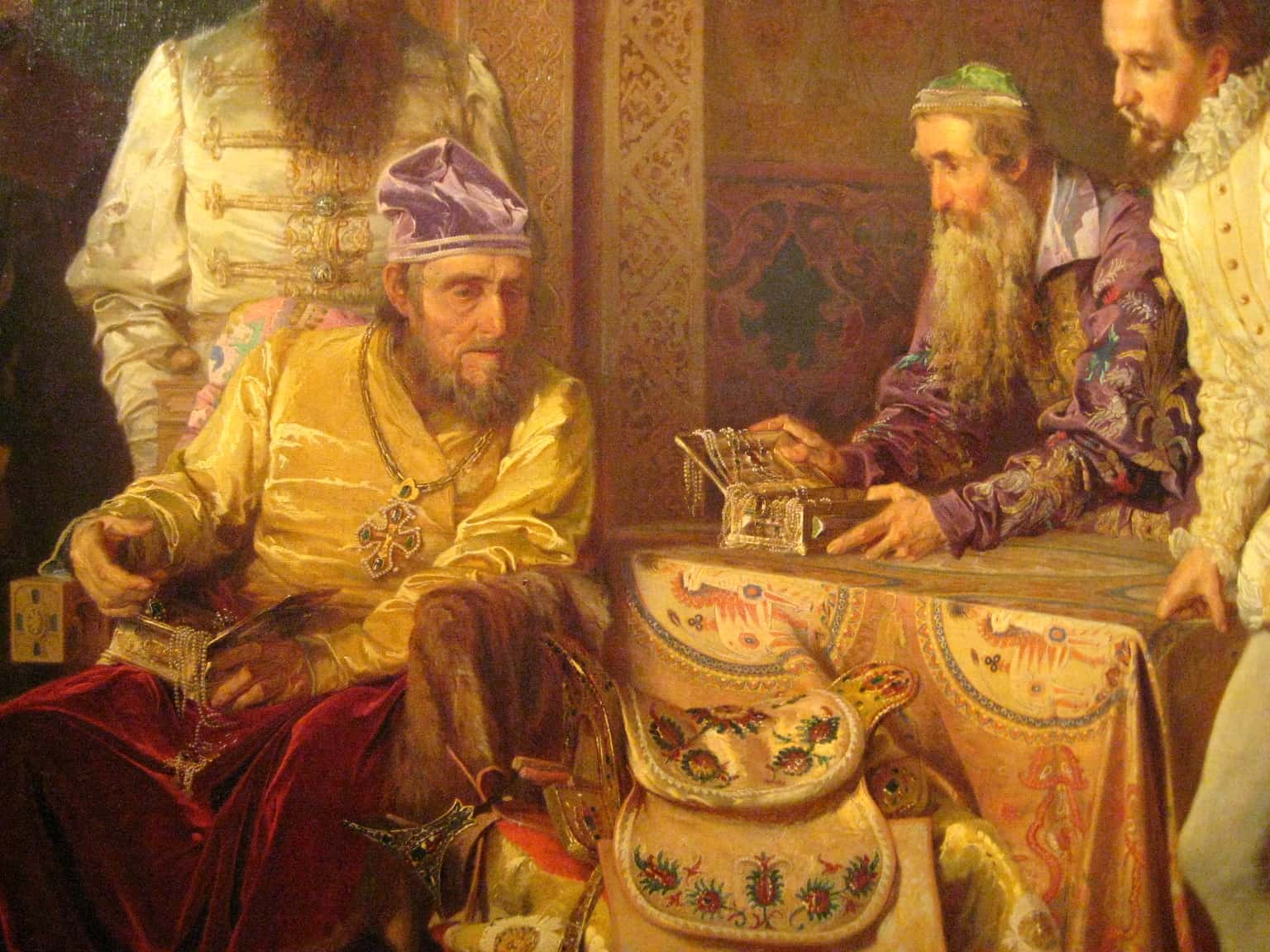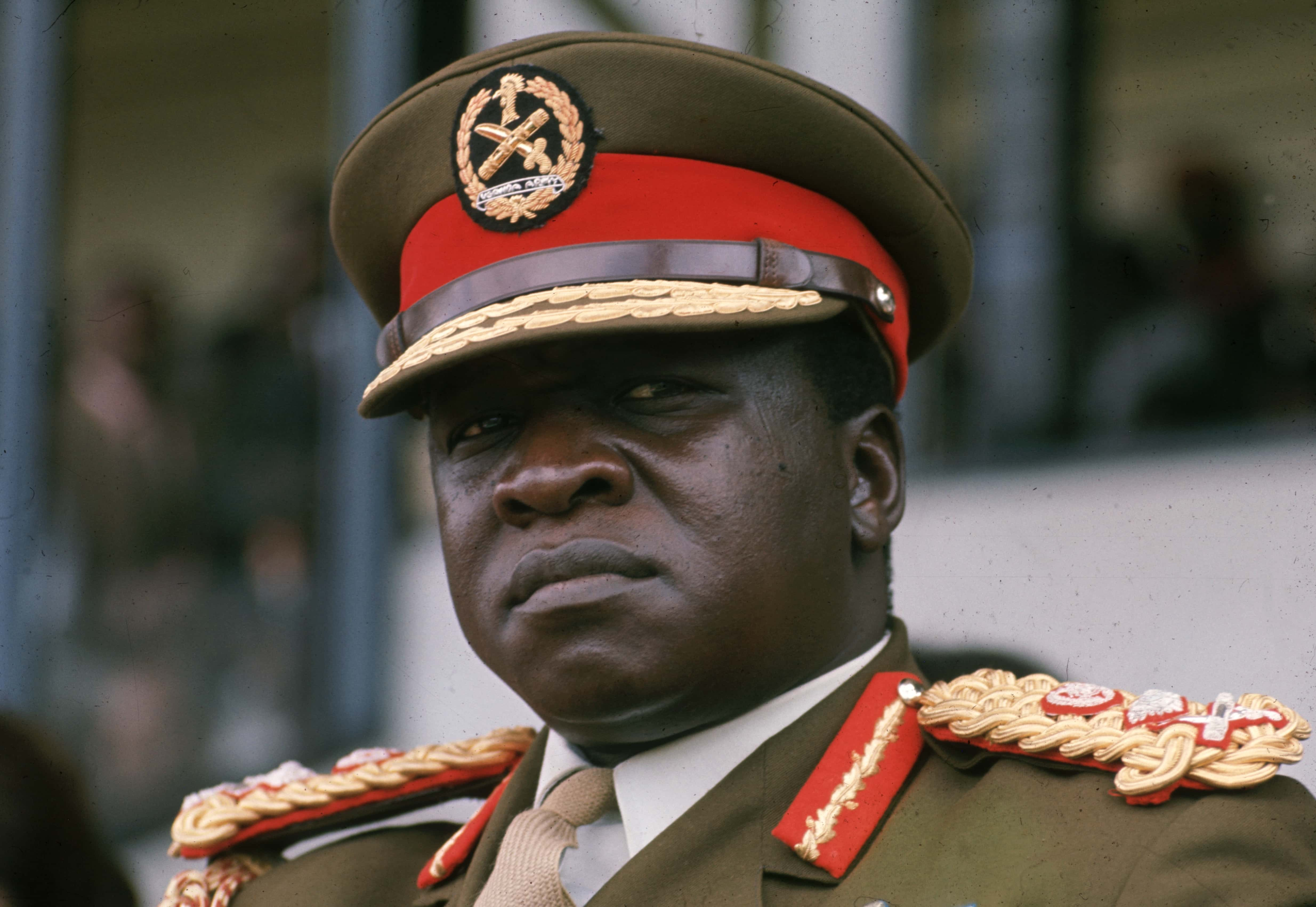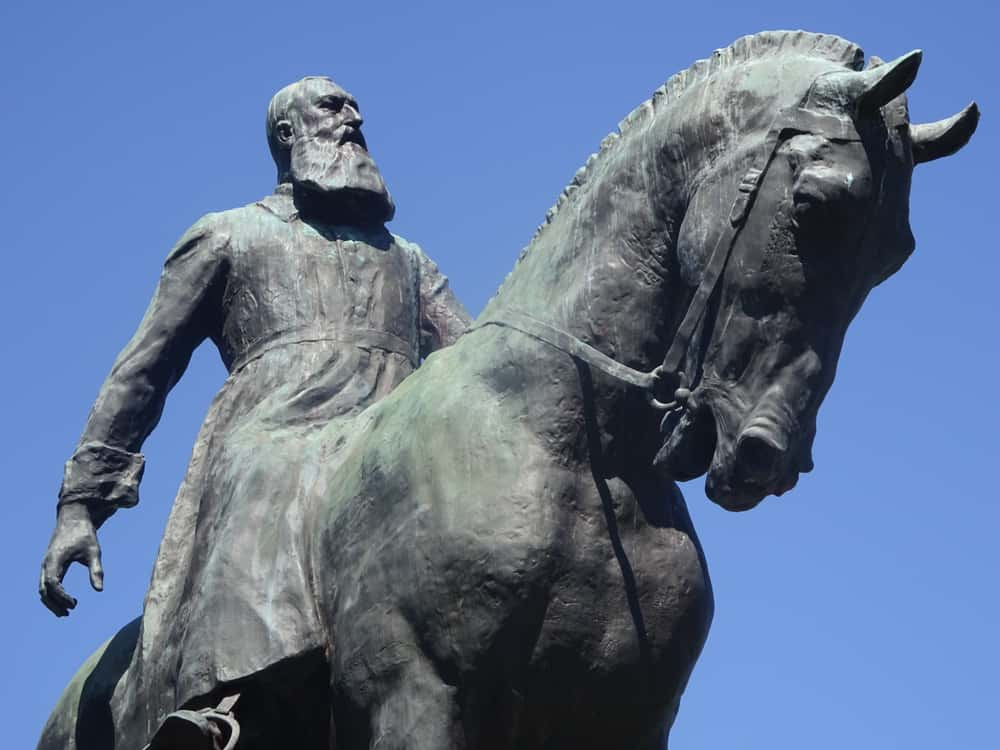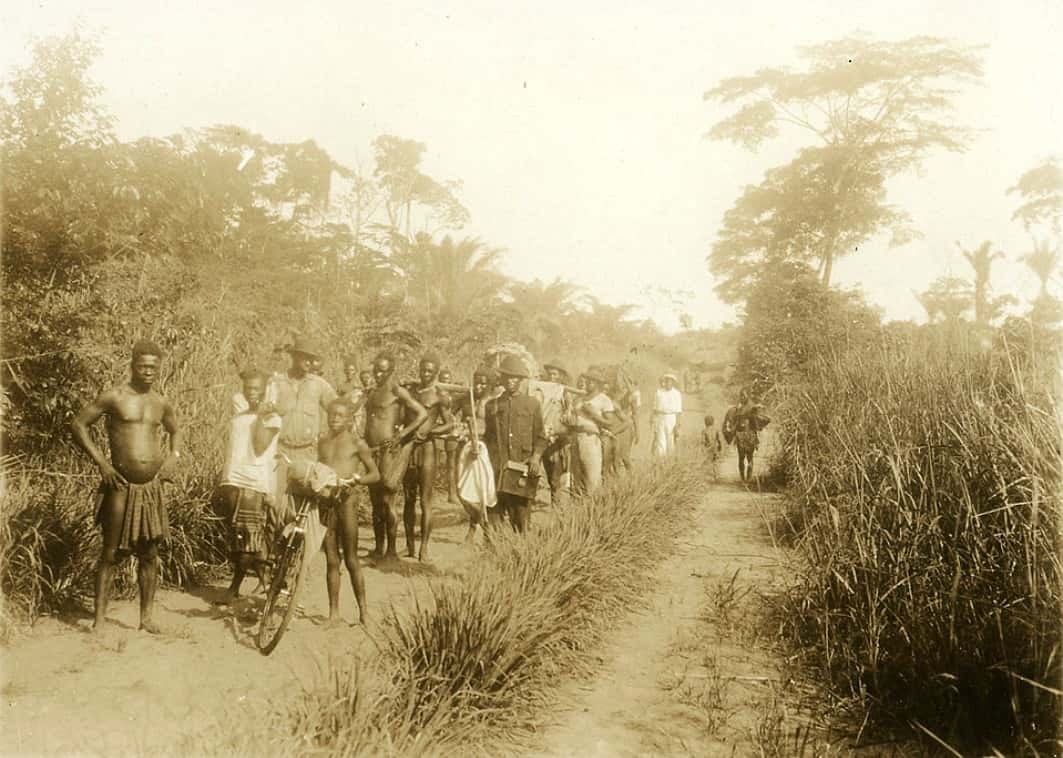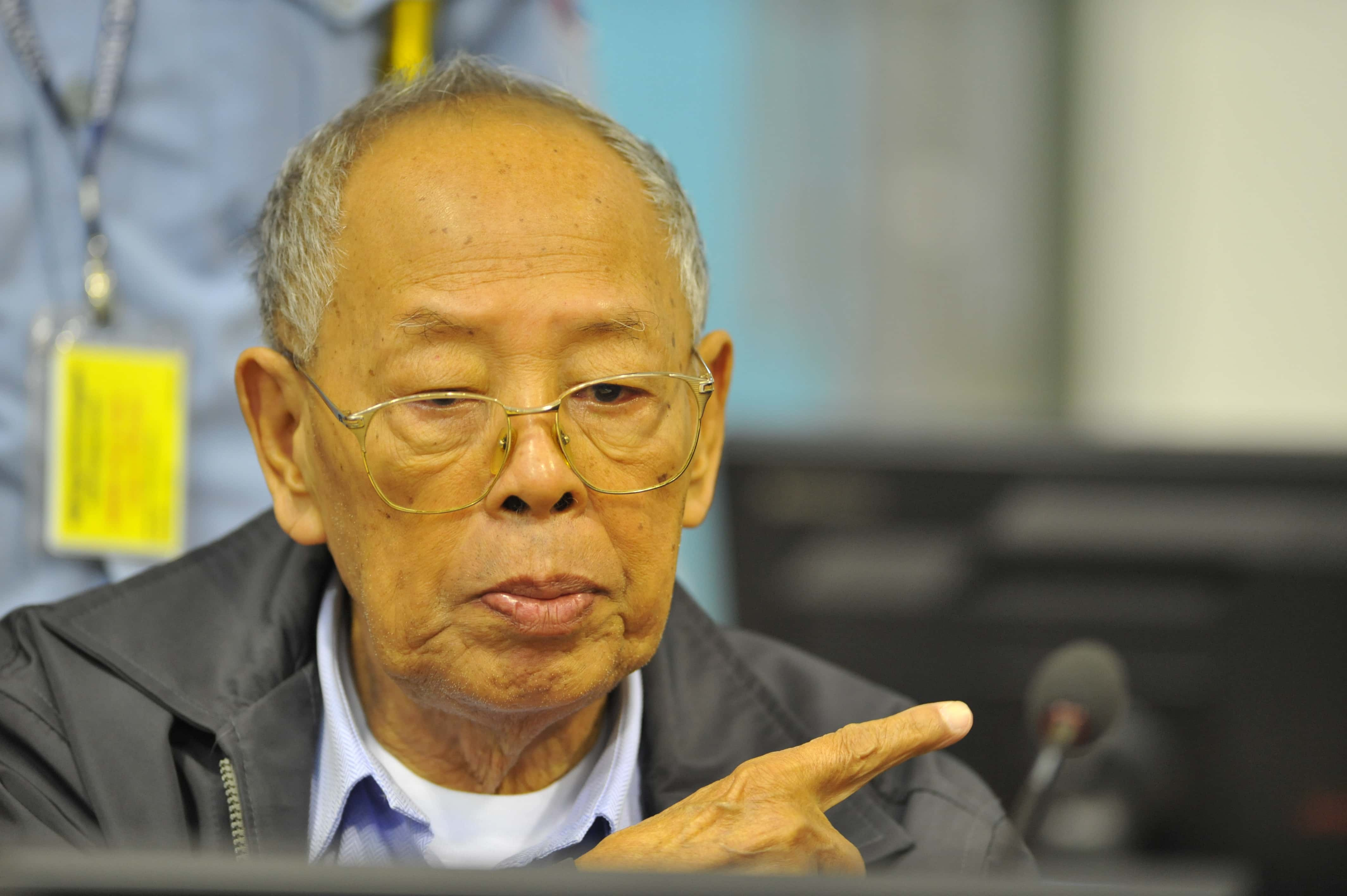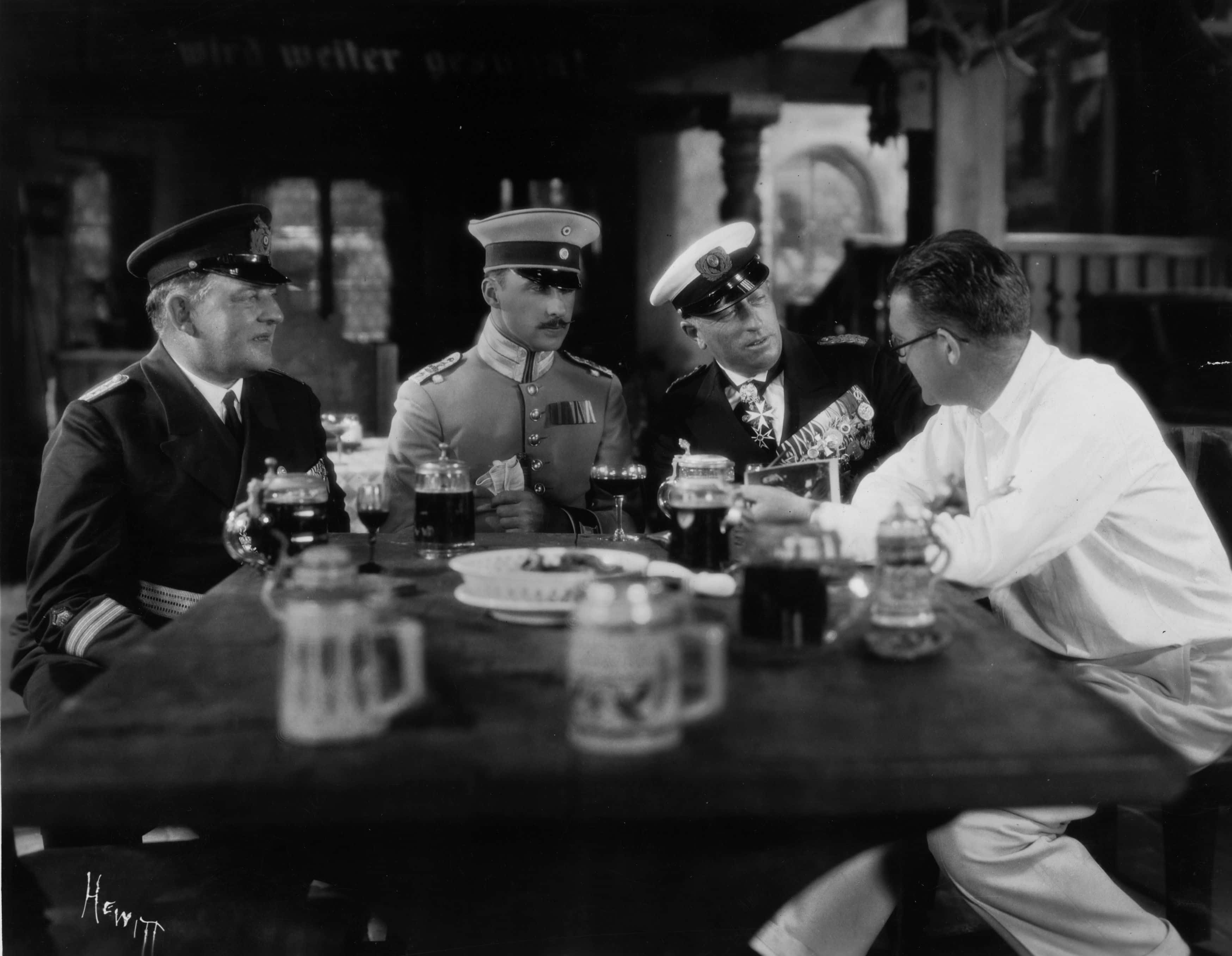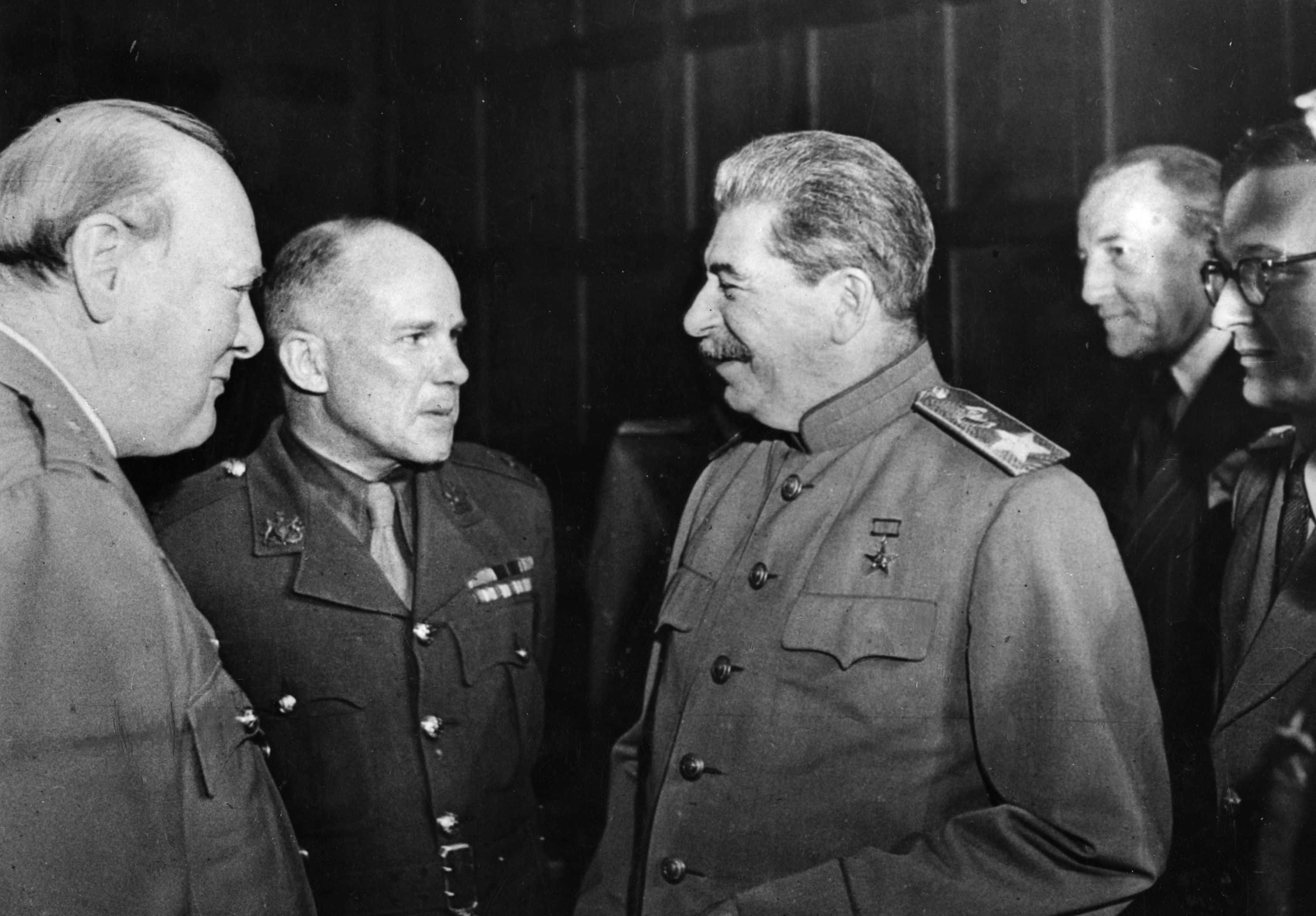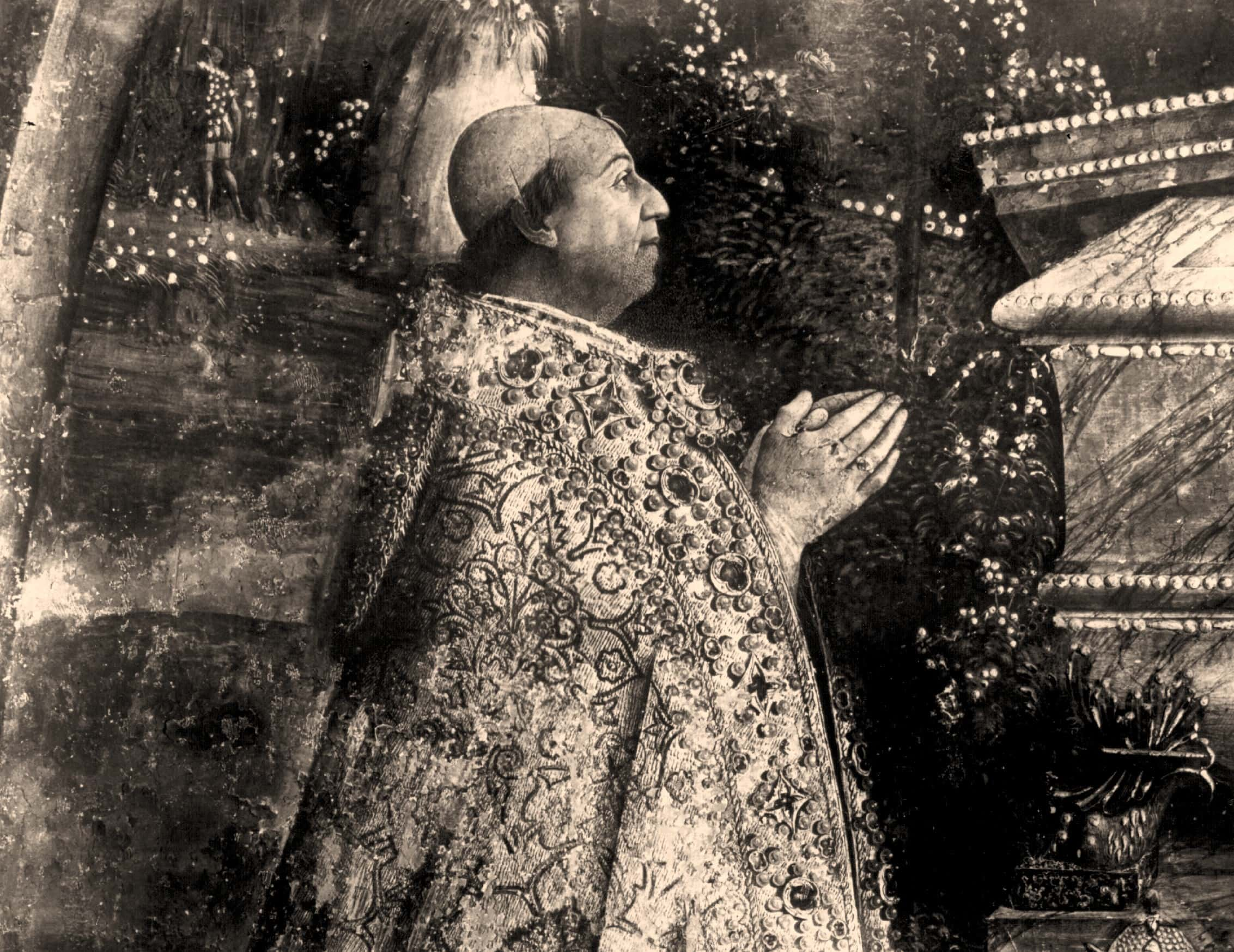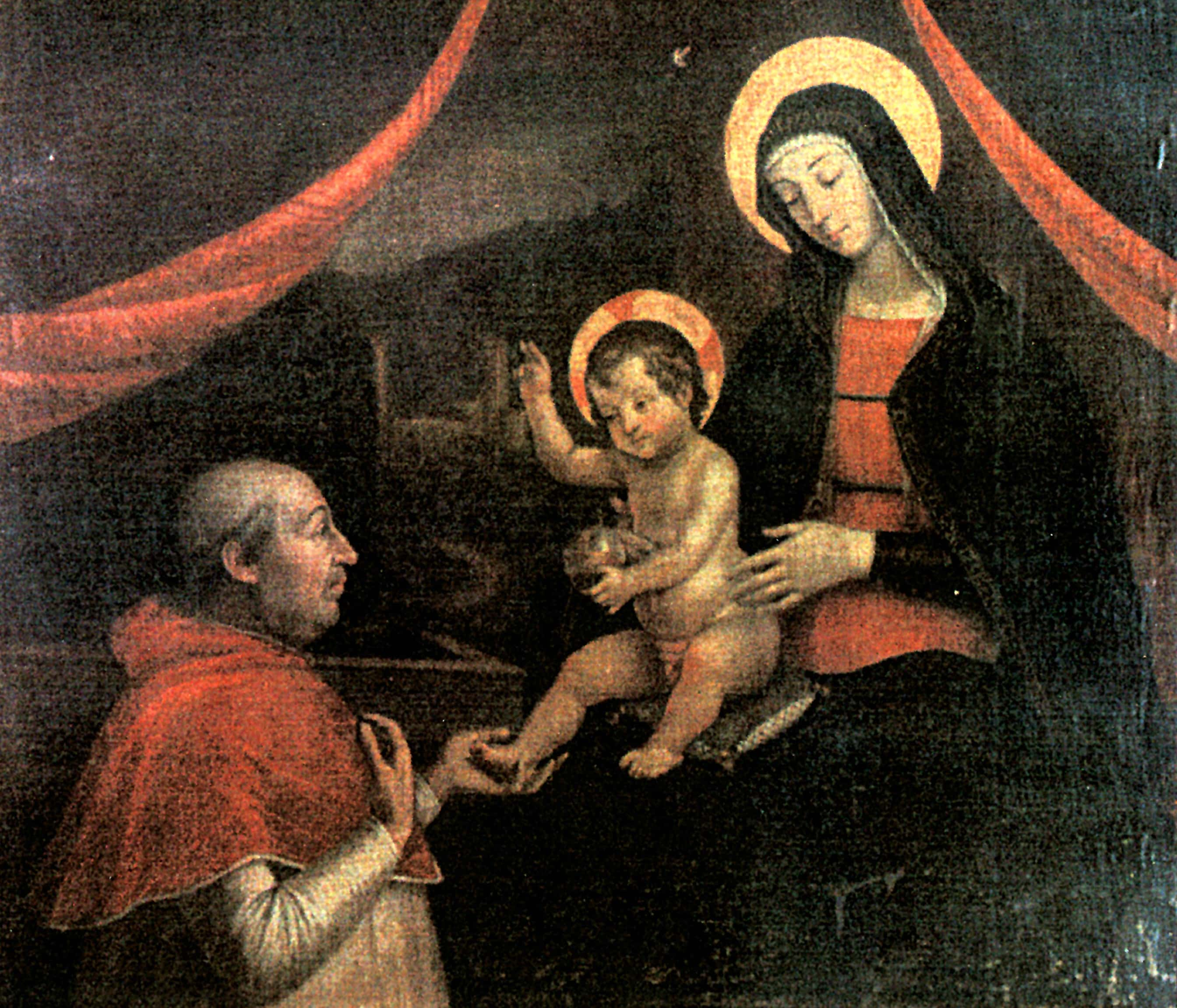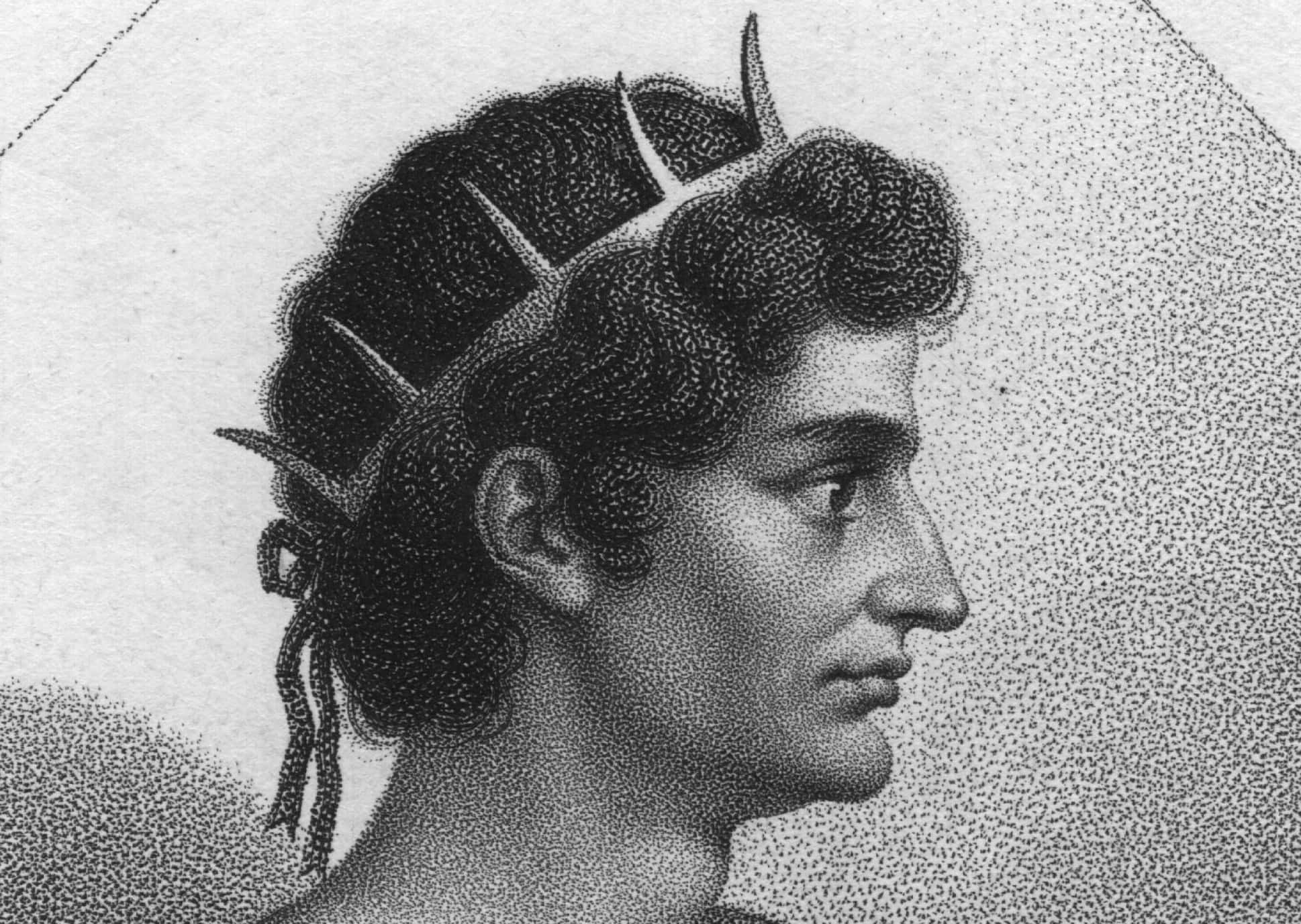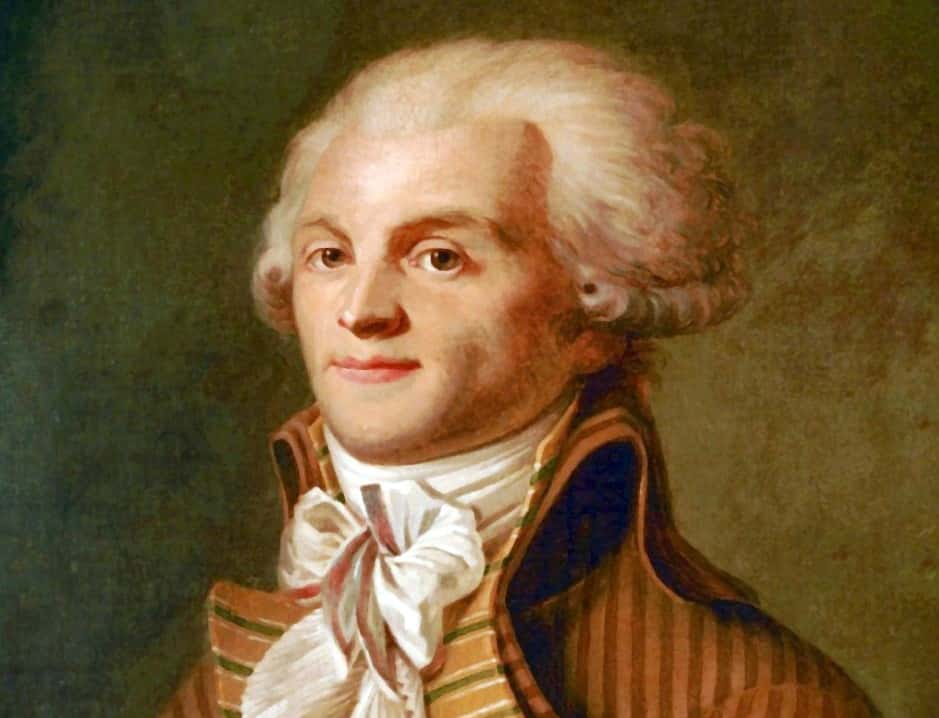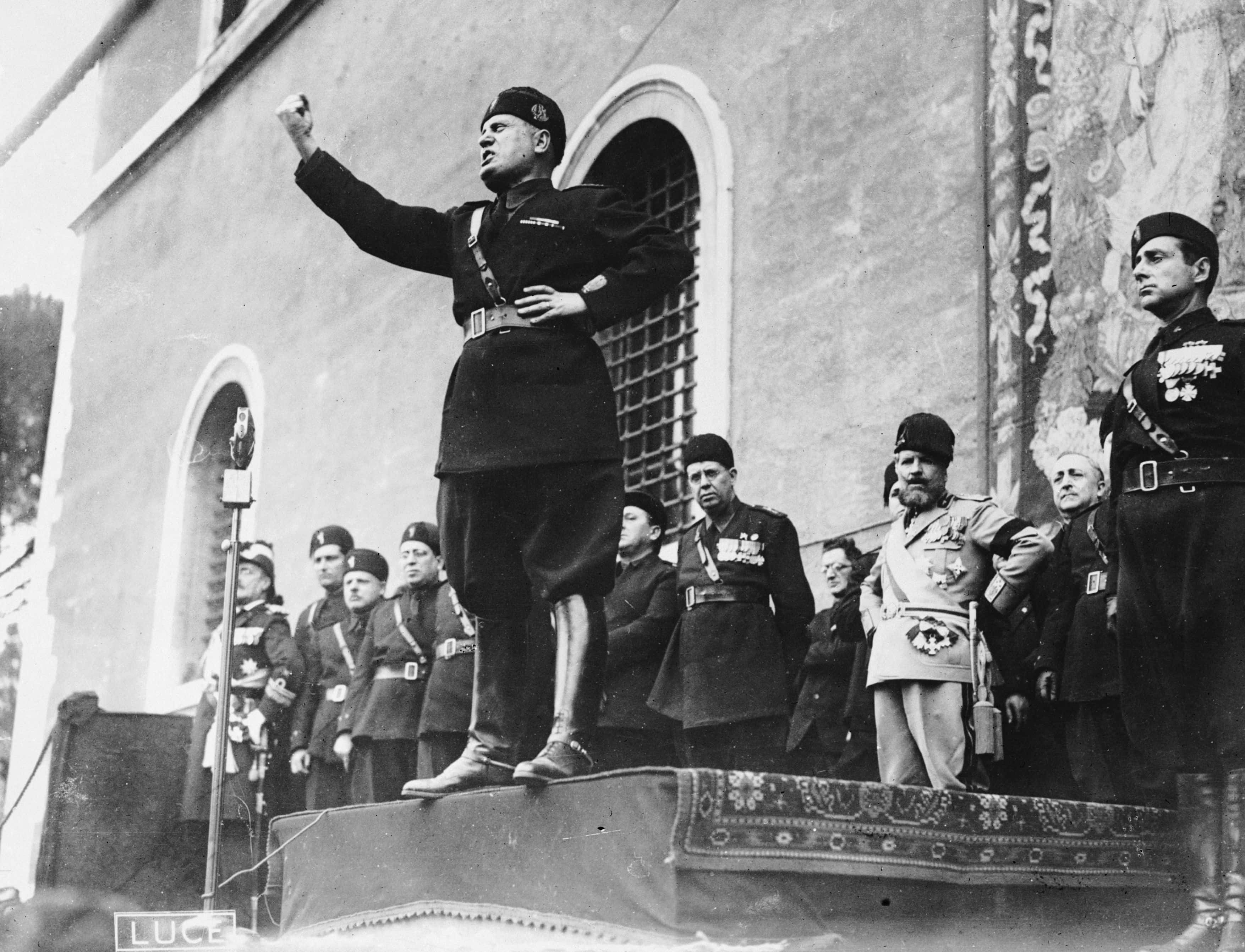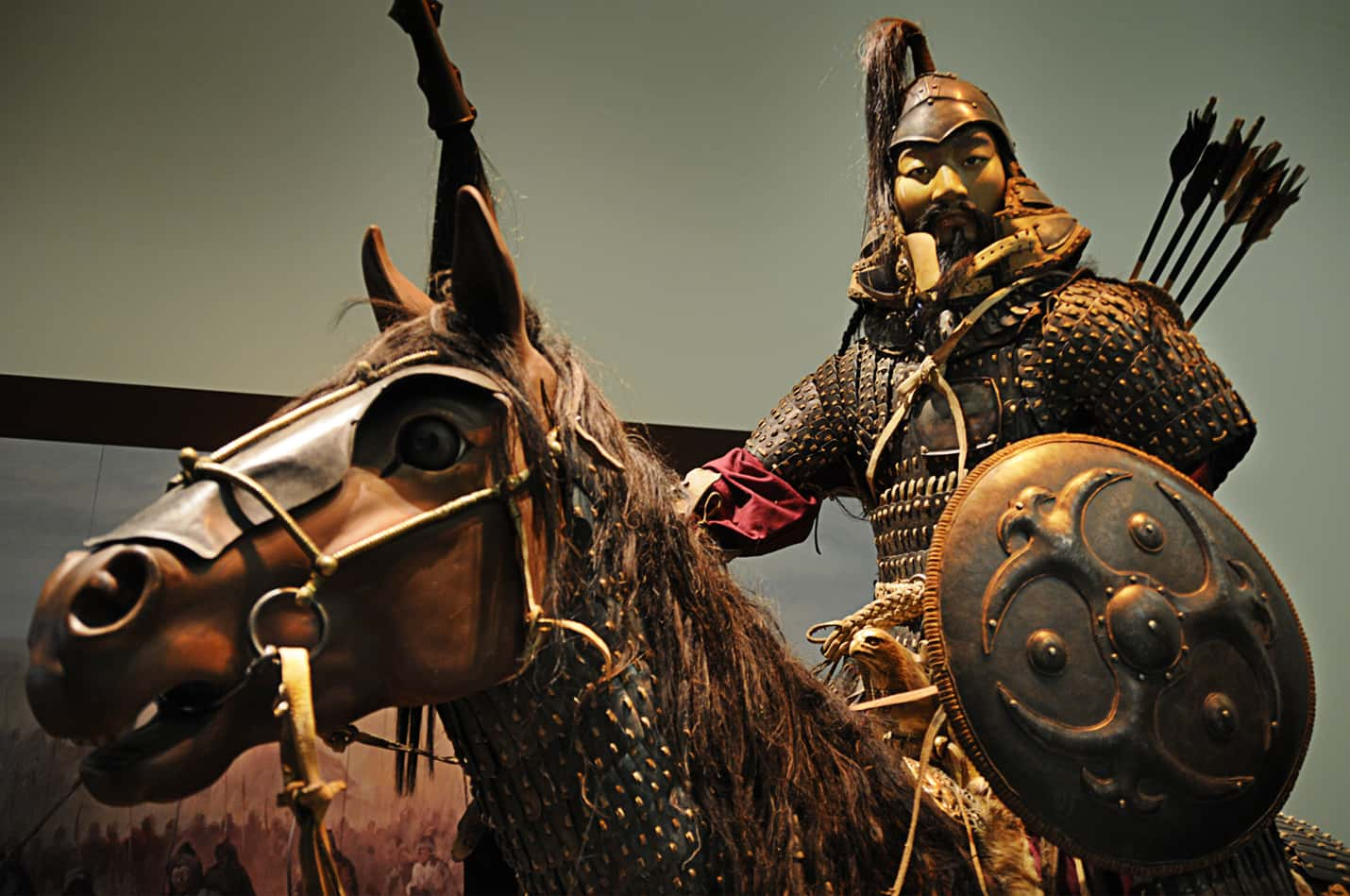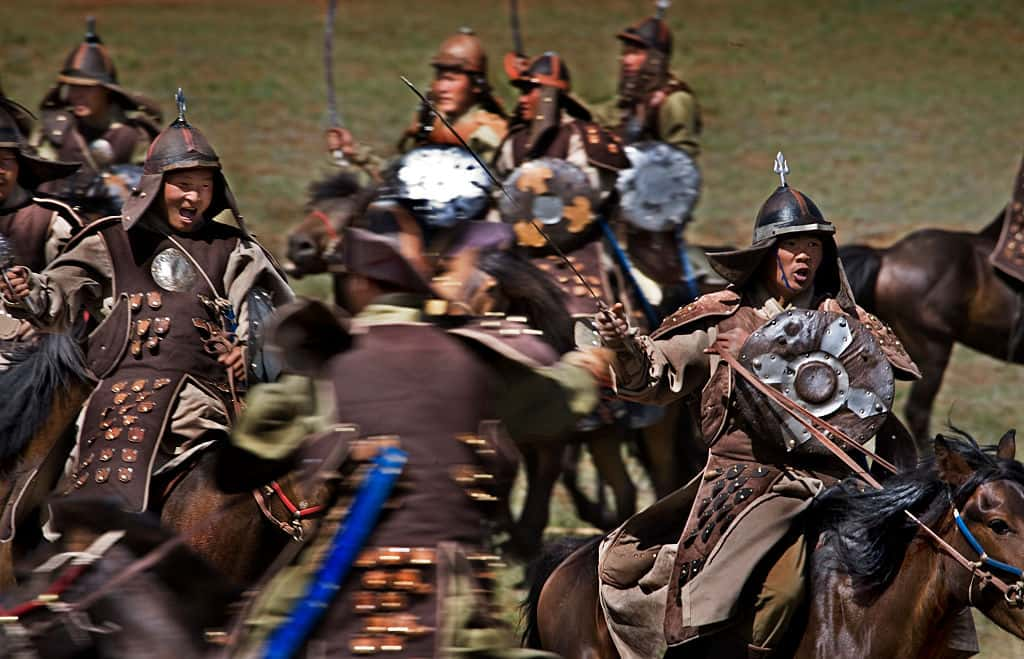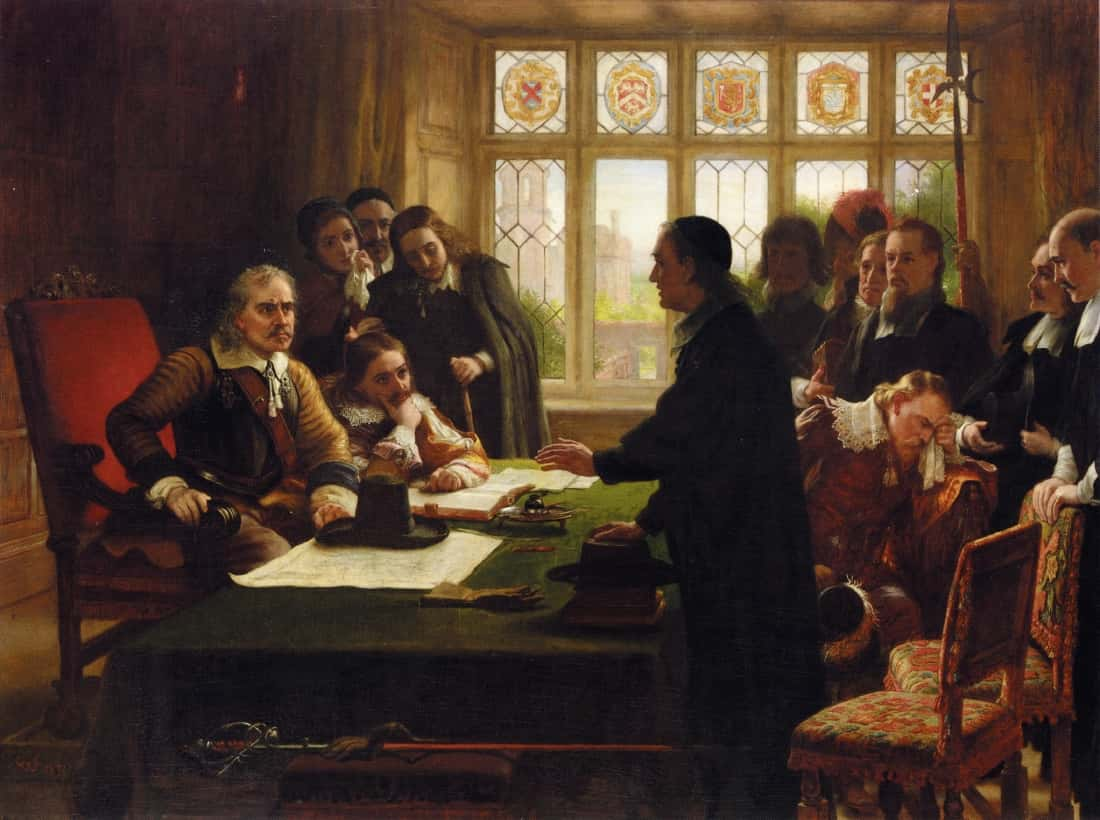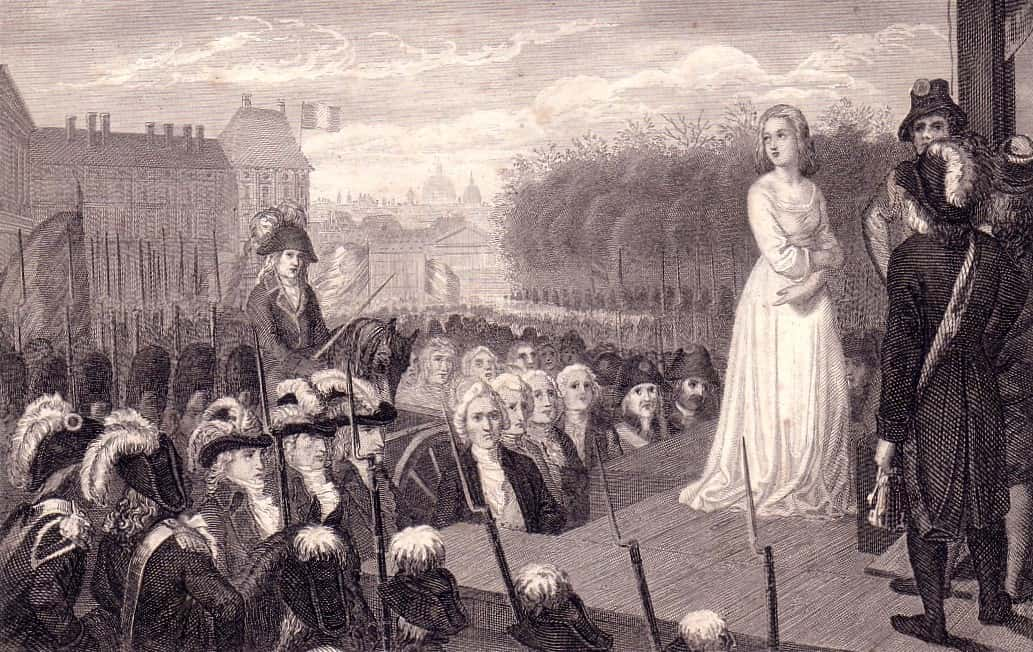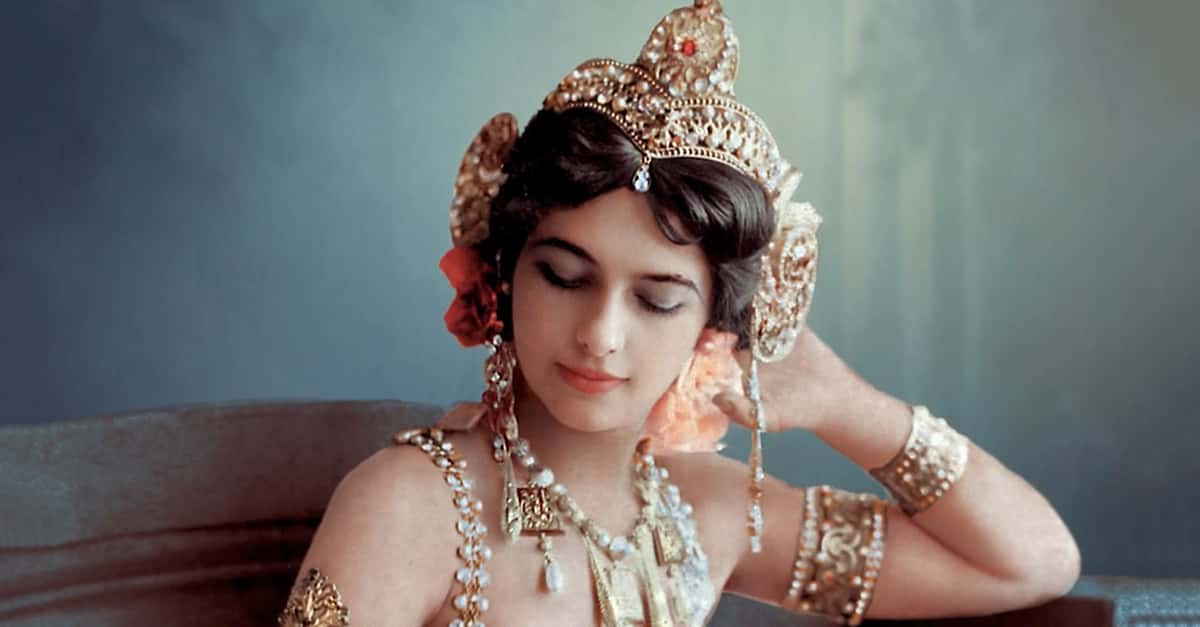Sometimes what makes history remember a leader as good or bad is just time and perspective. A number of the rulers on this list started their reigns on a wave of popularity before poor decisions, policies, or attitudes turned the people against them. Often this came down to the fact that these rulers were capricious and brutal—their fates often equally so. History has served countless examples of hated rulers, so this list really just scratches the surface. There are some lurid, grisly, and absolutely bizarre stories that go along with rulers who show no mercy to the people they rule.
Most Hated Rulers In History Facts
42. These Boots Were Made for Chaos
Perhaps one of the reasons that Gaius Caligula was so extravagant with his use of power was due to his feelings of inferiority under the shadow of his father, the legendary general Germanicus. “Caligula” was a nickname that meant “little soldier’s boots.” His real name was Gaius Caesar. The insult was quite clear, and so it seems natural that once he was Emperor, Caligula was taken to the corrupting forces of power.
41. Playing the Part
One of the reasons that Caligula became such an unpopular Emperor in Rome was his desire to gain ceaseless personal power—even beyond what was normal for a Roman emperor! He started to appear in public dressed as gods or demigods, such as Hercules, as a way of pointing to his own self-aggrandizing sense of divinity.
40. But How Bad Was He?
One trend that marks perceptions of rulers throughout history is how they are framed by their successors. For example, the idea that Caligula was a debauched tyrant was at least partly true, but it was also based on exaggerated accounts from his political enemies. It turns out that, at least in the early part of Caligula’s reign, he was quite popular with Roman citizens. He implemented a number of social causes that included paying insurance to citizens whose properties were damaged in fires and reinstating democratic elections. History goes to the interpreter!
39. I’ll Take Popery for 500, Alex
Already having persecuted many Protestants in England, Queen Mary I’s marriage to Philip of Spain only served to stoke fears amongst her subjects that England would be put under the rule of the very much Catholic Holy Roman Empire. Of course, Mary wanted a Catholic England, but she also wanted to maintain her grip on power. So she drafted up the Queen Mary’s Marriage Act through parliament. It stated that although Philip would be given the title “King of England,” he still always had to act with the consent of Queen Mary, and England did not have to provide Philip’s father, Charles V of the Holy Roman Empire, with any military aid. The two shared “co-authority,” but the terms were pretty clear—this was Mary’s house.
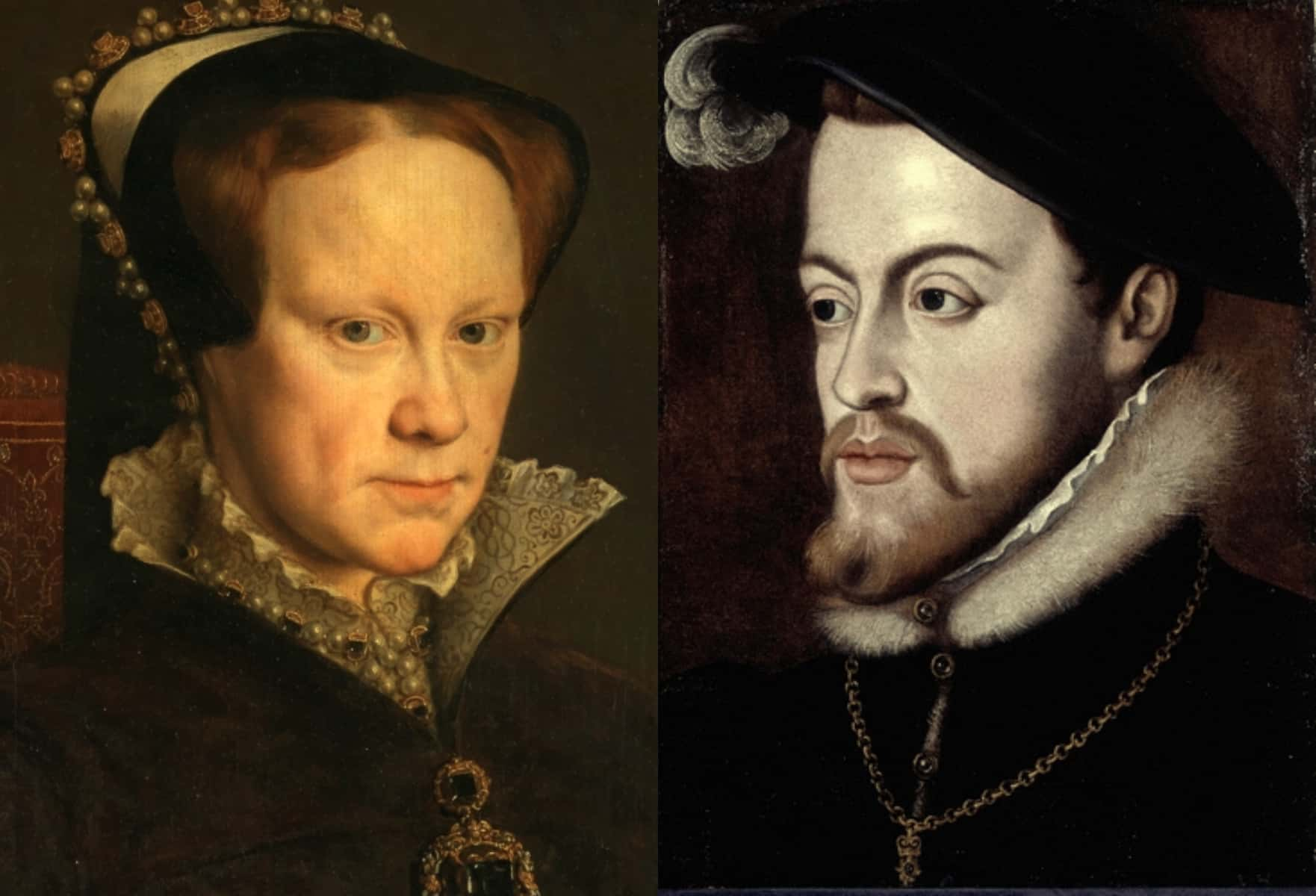
38. You Get a Stake! And You Get a Stake!
When Mary, a Catholic, took over the throne of England, she went about trying to turn England back towards the Pope and away from Protestantism. So, she instituted the Heresy Acts, which saw many prominent Protestants around England burned at the stake, causing a huge drain from the kingdom. A number of intellectuals, such as the historian John Foxe, decided it was better to leave England altogether than face martyrdom at the stake. All told, about 800 Protestants chose exile from England and went to various spots across Europe. I guess that's better than the fate of the 280+ dissenters who died in flames.
37. The Foxe and the Hound
Mary I of England was indeed a rather zealous persecutor of religious dissent during her time as ruler of the kingdom. Yet, it’s hard to say that she was bloodier than her father, Henry VIII. After all, ol’ Henry executed an estimated 57,000 to 72,000 people during his time as King—and that’s besides his wives. So why has the word "Bloody" continued to be used to describe the first regnant queen of England throughout history? John Foxe is a big part of the answer. An exiled Protestant historian, Foxe created the nickname of Bloody Mary in his Actes and Monuments of These Latter and Perillous Days, AKA, the far catchier title: Book of Martyrs. Foxe sent his book out to churches throughout England to spur anti-Catholic sentiment and created widespread hatred against Mary.
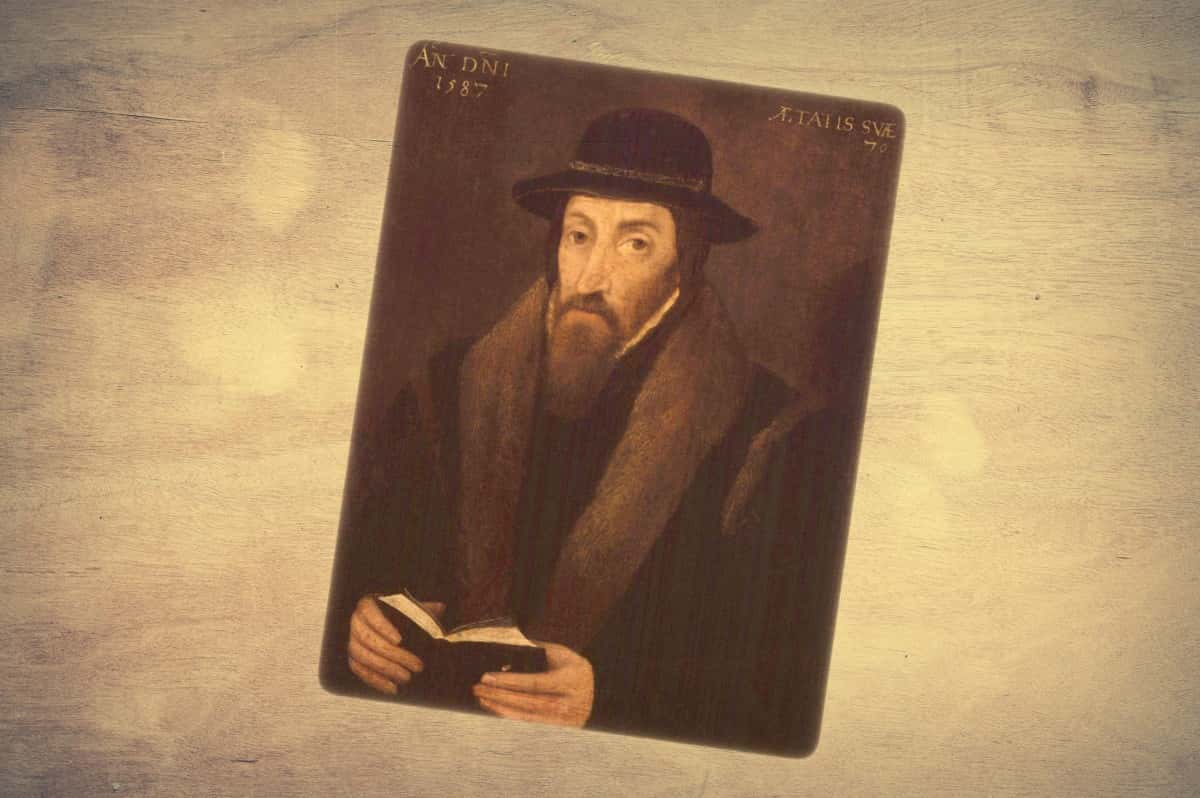
36. Put Her in Her Place
For all her know-how and maneuvering, Mary I of England just could not overcome the fact that her Catholicism was not well-liked by those surrounding her at court. The hatred grew to the point that she was literally buried in history. When James I took over from Elizabeth I, he made sure to bury his predecessor right on top of her less popular sister. That's right, after Elizabeth died, James placed her coffin right on top of Mary's. He even placed a great monument in praise of Elizabeth’s reign on the spot—leaving but a small inscription for Mary, despite the fact that it was her burial site first. Weird flex, but okay.
35. Tall-Tale Heart
One of the stranger events in Mary's life was her false pregnancy. Early in her reign, the news spread that Mary was pregnant. A kingdom hungry to put a man on the throne again rejoiced and hoped for a boy, but eventually it turned out that the pregnancy—that even Mary herself believed was real at one point—was a sham. Mary’s false pregnancy then spurred rumors a century later when the child of the Catholic James II and Mary of Modena was born. The idea began to spread that, just like Queen Mary I, this new Catholic Mary also had a false pregnancy, and that her new baby was actually an impostor, smuggled in to convince the people there was a new heir to the throne of England. The Protestants of England did not want to believe that their Catholic king had an heir, so they dug up a little "Mary" related history to cast doubt on that fact.
34. Of Your Own Making
Sometimes the leaders who become the most hated have the chance to avoid their fate with a bit of foresight. This might be said of Tsar Nicholas II of Russia. In 1905, a large group of laborers descended on the Winter Palace in Saint Petersburg. The crowd was around 120,000 strong, but their aims were peaceful. In fact, they even sang songs that praised the health of the Tsar. In return, these protesters were fired upon in what became known as Bloody Sunday. A total of 92 people died, while several hundred were wounded. What started as a plea to the Tsar for better working conditions turned into a pledge against a hated ruler. Thus began the slow decline of the Russian Empire, which held on until the Bolshevik Revolution of 1917.
33. Into the Woods
Once the Bolsheviks successfully overthrew the Tsarists in Russia, it was only a matter of time before the main figure for scorn, Nicholas II, was dispensed with. In the early hours of 17 July 1918, Yakov Yurovsky and a few of his soldiers brutally executed the Romanovs, making Nicholas II the last Tsar of the Russian Empire. Vladimir Lenin was at first worried about the optics of the execution, so he only announced the death of Nicholas and not the remaining family members.
32. Putting Delicious Words in My Mouth
We’ve all been told how Marie Antoinette, when faced with the masses on the eve of the French Revolution, met the people's pleas for bread by uttering “let them eat cake.” The phrase initially comes from Jean-Jacques Rousseau’s Confessions, but in the book, he only attributes the phrase to a “great princess.” In reality, Marie Antoinette likely said no such thing. The phrase was more so meant as an inventive anecdote to illustrate the queen’s lavish spending and disregard for the people.
31. Pearls Before Swine
Marie Antoinette already had an uphill struggle when she became Queen of France, given that she was from nearby rivals Austria. But she didn’t help her own cause with the French people the way that she was seen to be luxurious with money. Yet, the notorious Affair of the Diamond Necklace was hardly Marie’s fault at all. She was completely set up in a scheme to defraud two jewelers out of a necklace worth upwards of $14 million in today's currency. Despite the fact that she was innocent of wrongdoing, she wasn't popular to begin with, and the French people were quick to hold the Affair against her.
30. We Didn’t Start the Fire
Nero was famously emperor of the Roman Empire during the Great Fire of Rome in 64 AD. He was a relatively popular emperor amongst the commoners of Rome due to his extravagant public works projects, but this same thing made him many enemies in the upper echelons of Roman life. Tired of the politics and bickering, legend has it that Nero started the fire to rid himself of the “tired architecture” of the ancient city and to make way for a palace for himself (though this is likely propaganda spread by his enemies).
29. Making Room
Emperor Nero didn’t exactly help his own cause with the rest of the Romans who thought his spending habits were excessive when he decided to complete his Golden House after the Great Fire of Rome in 64 AD. Included in Nero’s new house was an extravagant and massive statue of himself, called the Colossus of Nero, which stood about 30 meters tall—almost as tall as the Statue of Liberty, at least without its arm raised.
28. Sing Us the Song, You’re the Fireman
Nero’s legend for absolutely insane hijinks is another example of how a bit of hatred can lead to a lot of propaganda. According to the Roman historian Tacitus, Nero wasn’t in the city of Rome when the Great Fire broke out. But that didn’t stop supporters of the Flavian Dynasty, who opposed Nero at every turn, from singing a different tune. The Flavians spread the now common stories of Nero “fiddling at the gates” as Rome burned. Other contemporary sources suggested that Nero dressed in stage costume and sang, rather than fiddled.
27. A Rose by Any Other Name
There was a reason that Vlad III Dracula earned the moniker Vlad the Impaler—he had a tendency to impale things! People, to be exact. Even more specifically, soldiers of the Ottoman Empire. Revered by his compatriots in Walachia, in modern-day Romania, Vlad was nonetheless a rather cruel and brutal military leader. He was known to disembowel, skin, and even boil his prisoners alive. Folklore even claims that he would dine with impaled bodies, using the blood of his enemies as an oil for his bread. Talk about blood pudding!
26. Throwing the Book at Him
The myth surrounding Qin Shi Huang, the first emperor of the Qin dynasty and the man who ordered the building of the Great Wall of China, was that he was a despotic tyrant who was so opposed to Confucianism that he had 460 Confucian scholars buried alive in 212 BCE shortly after he burned all of their books. Qin certainly had a flair for the spectacular, and wasn’t opposed to harsh punishments, but current historians tend to doubt this version of the emperor as a cruel and hated ruler, instead suggesting that this was the handiwork of later Confucian scholars looking to create martyrs. Just goes to show you that sometimes the most hated rulers come down to the eye of the beholder!
25. The Real Life Purge
Joseph Stalin went from beloved leader of the Bolshevik cause to hated and feared dictator in a rather short period of time. Part of the growing hatred against the mustachioed militant came as the result of the events known as the “Great Purge.” Basically, Stalin was afraid of his political enemies so, in a move that one may indeed classify as excessive, he had his secret police, the NKVD, conduct a series of raids, arrests, and executions between 1937 and 1938. Official records indicated that 681,692 people were killed in these massacres. If that wasn’t enough, some historians suggest that the death count was likely closer to 1,000,000!
24. Terrible Leader
Ivan IV, the first Tsar of Russia, could be forgiven for being paranoid about political conspiracies, given that his mother was poisoned by colluding factions within the kingdom when he was a child. But the pressures definitely got to him by his later life and he became known as a capricious and brutal leader. Reportedly, when he took control of Novgorod, he had the archbishop of the city dress in the skin of the bear. He was then set free into the woods and chased by Ivan’s hounds. No wonder they called him Ivan the Terrible!
23. You Have Exceeded the Character Limit
Idi Amin was the brutal military dictator who gained power in Uganda via coup d’etat in the 1970s. His rule was marked by human rights abuses, mass murder, political oppression, and torture. He was also someone who knew the importance of self-image, hence he bestowed himself the title: “His Excellency, President for Life, Field Marshal Al Hadji Doctor Idi Amin Dada, VC, DSO, MC, Lord of All the Beasts of the Earth and Fishes of the Seas and Conqueror of the British Empire in Africa in General and Uganda in Particular.” Would hate to be the person in charge of making plaques.
22. Heart of Darkness
The history of European colonialism in Africa has no shortage of vile deeds from ruthless rulers. Yet Leopold II of Belgium manages to stand out in all the wrong ways. Leopold was responsible for the creation of the Congo Free State in the 19th century. Throughout Belgium's brutal reign, historians suggest almost ten million Congolese were murdered by the genocidal colonizers.
21. Literary Interpretations
With most of Europe and the rest of the world ignoring the brutal reign in the Belgian Congo, Joseph Conrad took to literature to spread the word. His 1899 novella, Heart of Darkness, which is mainly set on the Congo River, was based on Conrad’s firsthand experience while working for a Belgian trading company. Through these experiences, he got a glimpse at colonial violence and the brutal tactics of Leopold II’s military. His novel was later adapted by Francis Ford Coppola into the iconic film Apocalypse Now, though the setting was updated to take place in the more politically relevant jungles of Vietnam.
20. Hunger for Power
Pol Pot led the Soviet-backed takeover of Cambodia in the 1960s and 1970s. Pot quickly attempted to root out anyone deemed to be sympathetic towards capitalism. Eventually, these methods turned into a dictatorship that ruined the Cambodian people. Approximately 1.7 million people died in Cambodia between 1975 and 1979 thanks to mass executions and poor living conditions. That counted for roughly one out of five people living in Cambodia at the time!
19. Lights, Camera, Action!
Joseph Stalin firmly believed that film was the ultimate medium for shaping the morale of the people and affirming his ideology. As his rule became ever more dictatorial and tyrannical, Stalin became increasingly involved in the film production in the Soviet Union. He essentially became the sole censor of films, and anyone who ran afoul of his guidelines usually ended up in prison camps or worse. Stalin was even known to try his hand at screenwriting! Hard to say if anyone gave him any constructive feedback…
18. Giddy Up, Cowboy!
One of the quirkier aspects of Joseph Stalin’s love for film was that his favorite genre was the Western. He was particularly enamored with the films of John Ford, which were banned to the rest of the Soviet Union. In many ways, the Western genre epitomized early Hollywood cinema and capitalist values of the United States. But I suppose one likes what they like!
17. Don’t Make Fun of Me!
Joseph Stalin was famously given the nickname “little squirt” by American President Harry Truman. Apparently, Stalin was rather self-conscious about his height and his looks. He had scars on his face thanks to a bout of smallpox as a child and he was only 5’4” tall.
16. Is the Pope a Catholic?
Pope Alexander VI is a perfect example of a particular type of Pope at work in the medieval and renaissance eras. He was best known for a few things: he confirmed the rights to the “New World” to his native Spanish Crown, he was more interested in drinking and debauchery than spirituality and wisdom, and he had several children with several different mistresses. He became known as a louse, a libertine, and absolutely corrupt.
15. Money, Money, Money, Money
Pope Alexander VI was not so much interested in spiritual enrichment as he was in just plain old getting rich. One particularly gross scheme saw him marry off his daughter Lucrezia to Giovanni Sforza, only to have the marriage annulled and the dowry returned with compensation. Since he was the Pope, he was the only one who could annul the marriage. He then tested out this tactic a few more times. No wonder his papacy created so much anger in the Christian world.
14. Eye of the Beholder
While William of Orange stands as a figure who “saved” England from the Catholic rule of James II, he has a considerably different legacy in Ireland. William III led an army against the Catholic gentry in Ireland who were loyal to James II. While the fighting itself was at times brutal, the Irish were particularly burdened by the terms of the treaty that ended the conflict. The settlement between the Williamites and the Jacobites ended up with England seizing over one million acres of land, which set up years of unfair rent and labor demands on the Irish.
13. Grammar Burn
Flavius Romulus Augustus has often been called the “last Western Roman emperor” because he lost his throne to Odoacer of the barbaric (ie. not Roman) Goths. Such was the malign that August received from his fellow countrymen for his ineptitude that they even started calling him Momyllus Augustulus. “Momyllus” meant “little disgrace,” and the change from Augustus to Augustulus grammatically signaled the diminutive form—basically he was “the little disgrace Augustus.”
12. Absolute Power
Maximillien Robespierre embodies the saying that “absolute power corrupts absolutely.” Initially hailed as a major player of the French Revolution, Robespierre eventually met his maker by the machine that he so often used during his “Reign of Terror”: the guillotine. Robespierre argued that the “terror” was morally justified for the newly installed First French Republic to ensure there would be no return to a monarchy, as had happened in England a century prior. But things got a bit out of hand: during Robespierre’s campaign between 1793 and 1794, there were over 16,000 official executions in France.
11. Hung From the Highest Pole
Like other fascist dictators, Benito Mussolini rose to power on the base of widespread popularity. But also like other Fascist dictators, his end at the hands of the people who rose up against him was swift and brutal. As World War II went south for Italy, local anti-fascist partisans tracked Mussolini and his mistress down in 1945 and shot them both. Then, their bodies were brought into the Piazzale Loreto in Milan where crowds physically abused the deceased dictator before eventually hanging them upside down from a lamppost. The bodies were left there for some time to be shot at and beaten. A bitter end to a violent tyrant.
10. World Record Holder
A noblewoman who owned land in the Kingdom of Hungary in the late 16th and early 17th century has a rather notorious world record: she is listed as the most prolific female murderer of all time. Countess Elizabeth Bathory de Ecsed would lure peasant girls to her castle with the promise of work and lodging, only to then ritualistically murder them. During her trial, it was said she killed roughly 650 girls, though historians have since disputed this claim. Either way, her victims totaled into the hundreds.
9. In the Dungeons
The investigation into Countess Elizabeth Bathory de Ecsed produced rather stomach-churning results. After arresting the Countess, details began to emerge about the extent of the torture she performed. She used needles, covered girls in honey and live ants, and possibly even performed acts of cannibalism by biting the faces and arms of some girls.
8. Merciless
Although revered in his own dynasty, Genghis Khan was roundly feared and despised in the various areas conquered by his Mongol army. This was due in part to the fact that, upon victory, Khan showed little to no mercy to survivors. The most common tactic that Khan used after sacking a city or town was to have the local children given to Mongol soldiers as slaves before killing the rest of the population.
7. Ruthless Leader
One of the most brutal examples of Genghis Khan’s military style came after victory at Urgench in modern-day Turkmenistan. The massive city was plundered, sacked, and massacred: one estimate puts the death toll at 1.2 million! The event is often considered one of the bloodiest massacres in the history of the world. The story was passed down by Persian scholar Juvayni and quickly became legend—no wonder!
6. Goldsmith
Legend has it that, on top of his usual massacring of civilian populations, Genghis Khan was known for brutal, if inventive, forms of interrogation and execution. For example, after seizing the town of Otrar, Khan sent a message to his enemies by executing the local magistrate. Not content with any old “head on a pike” kind of message, Khan opted to go a bit more lavish: he poured molten silver into his eyes and ears!
5. Father of the Year
Ivan the Terrible didn’t just earn his nickname because of his brutal foreign policy—he also took out his anger on his own children. During a particularly heated argument, he struck his eldest son so hard that the heir to the throne was left with permanent brain damage. Years later, he turned his attention to his daughter-in-law, Yelena. While she was pregnant, he beat her for wearing immodest clothing and she had a miscarriage. Yelena's husband was Ivan's second son, also named Ivan, and he confronted his father for this. During the altercation, the Tsar struck the younger Ivan in the head, killing him—an event made famous by Ilya Repin's haunting painting.
4. For the People?
To say the least, Oliver Cromwell has had a mixed legacy in Britain. On the one hand, he brought about new powers for the British parliament. On the other, he played a major role in the execution of King Charles I. Most of the people in Britain at the time were unhappy with the way that Charles I kicked the bucket. “Regicide,” or the execution of a Monarch, was highly controversial because the doctrine of the “divine right of kings” meant that Kings and Queens were chosen especially by God to lead his people, so killing them wasn't exactly God's plan.
3. No More Christmas
Part of the reason that Oliver Cromwell wasn’t necessarily well liked by the people of England was that his puritan values opposed any form of public pageantry or religious displays. This meant that he even banned public celebrations of Christmas! This ban did not go over well with most of Britain.
2. Point Proven
Oliver Cromwell died of natural causes while still in control of British Parliament as the country's Lord Protector (Not king. Definitely not). His son and heir, though, was significantly less politically savvy and the crown was soon restored to Charles II. But even though Cromwell was dead, someone had to pay for the execution of Charles I. Naturally, Charles II had Cromwell’s body exhumed so that he could make sure to publicly hang the… already dead body. He then had Cromwell body decapitated and the already rotting head was placed on a stake in front of Westminster. In case anyone didn’t get the point.
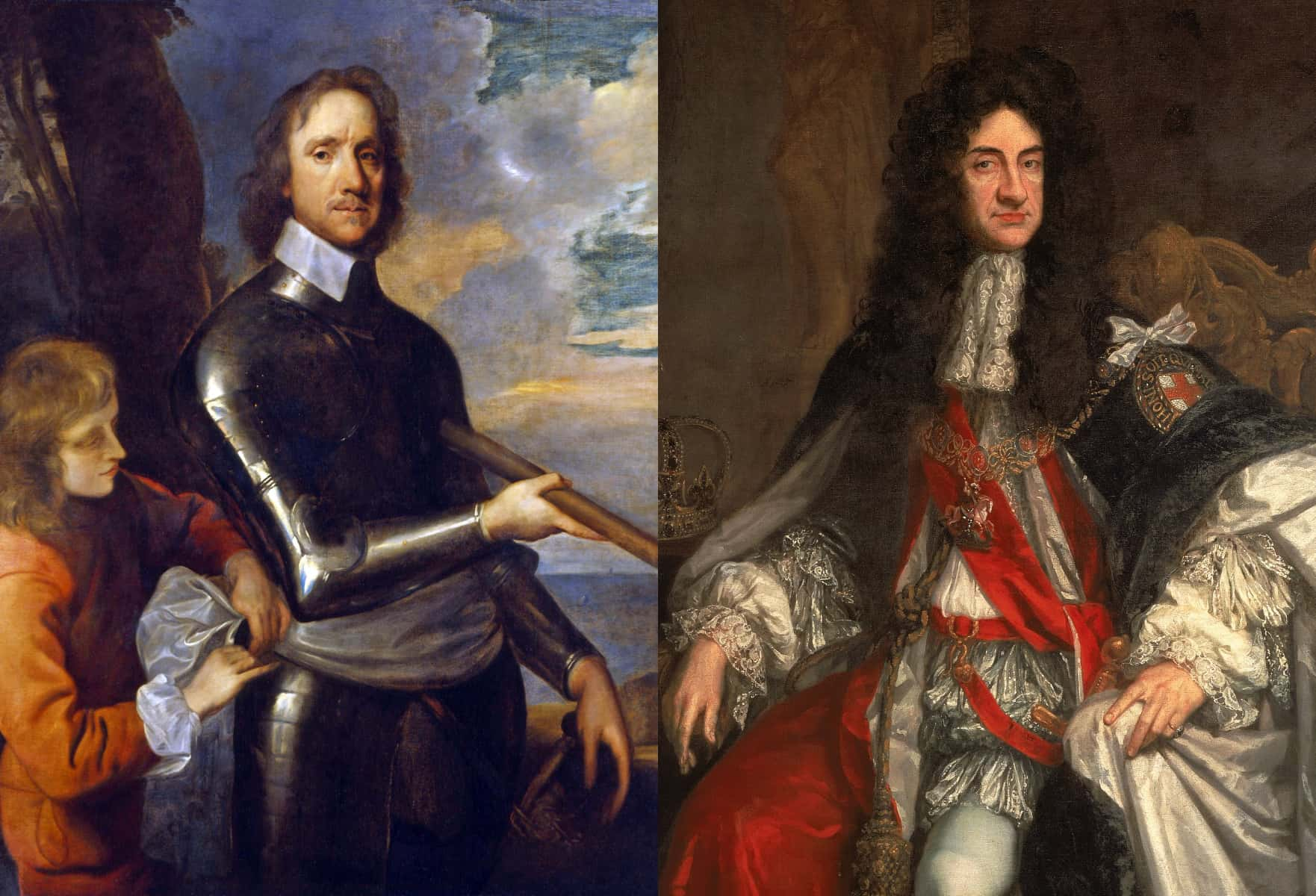
1. Always be Polite
The famous last words of rulers are sometimes remembered for their eloquence, grandiosity, wisdom, or oddity. For Marie Antoinette, her last words are mostly remembered for their quaint politeness. The last recorded words from the deposed Queen of France before her execution by guillotine in 1793 were to excuse herself to her executioner: “Pardon me, sir, I did not do it on purpose.” A reflection on her lavish spending, lifestyle, and political fortunes? Not quite—she had accidentally stepped on the executioner’s toe.
Sources: 1, 2, 3, 4, 5, 6, 7, 8, 9, 10, 11, 12, 13, 14, 15, 16, 17, 18, 19, 20, 21, 22, 23, 24

